Thắng Nghiêm Temple, Hanoi, Vietnam
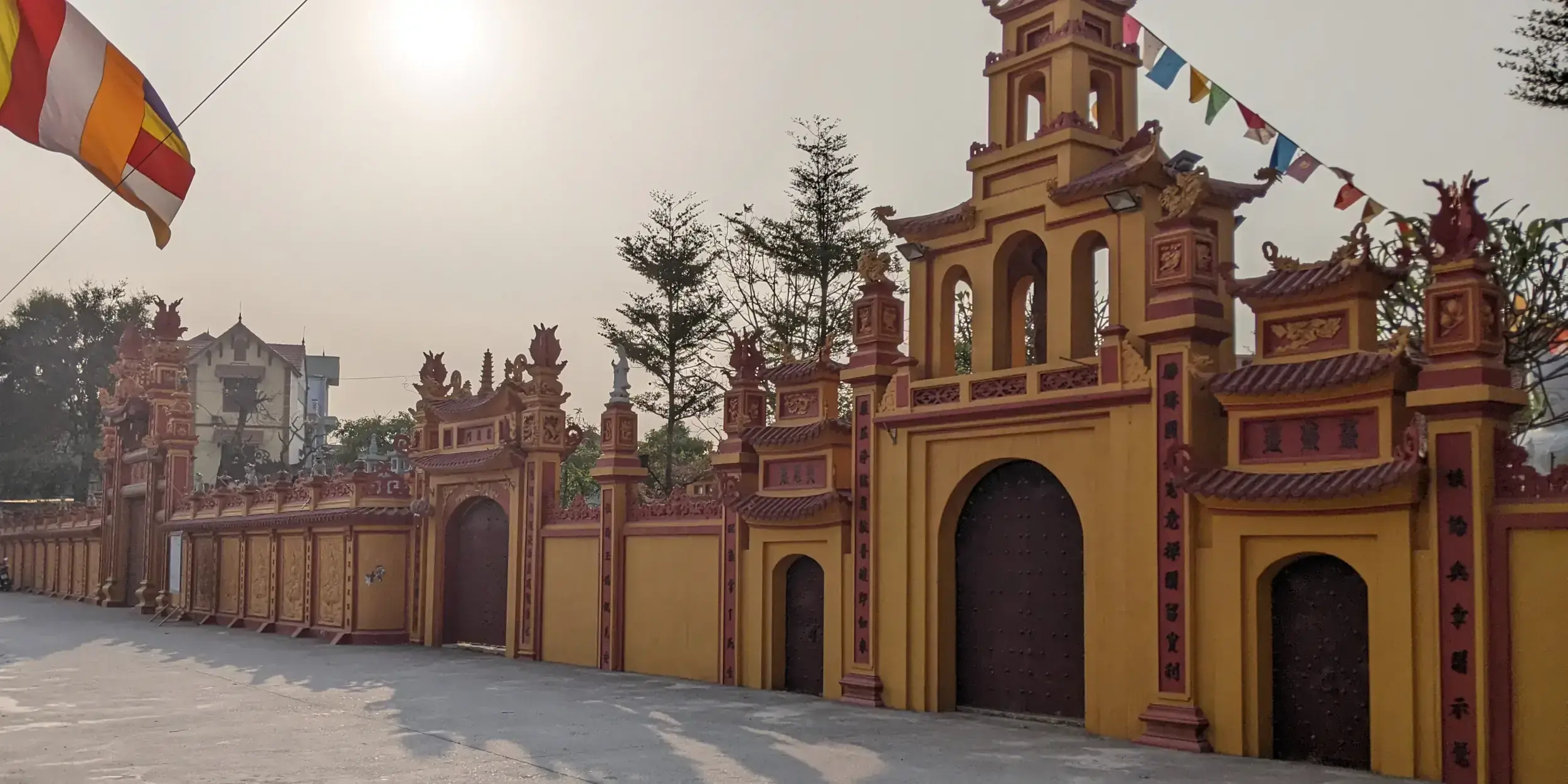
This post contains affiliate links. This means at no extra cost to you, I may earn a commission if you purchase through my links. Please see my website disclaimer for more info.
For part of 2021 and 2022, my wife and I have been living in Vietnam. We’re staying in an apartment in a small suburb of Hanoi called Thanh Ha, in the Thanh Oai district. It’s about 30-45 minutes outside of the city center that most tourists would be familiar with, and in a part of Hanoi that most tourists wouldn’t ever visit, and for good reason … there’s really nothing to do here! It’s so void of foreigners, that most of the Viets here have never actually seen a westerner face to face. I’m stared at a lot by the older Vietnamese, and am constantly being waved at and chased after by the younger kids yelling out “Hello!” to me! 😂
When I’m in a new area, I generally like to explore it a bit on foot to see what I can find, but also to get a sense of what’s around. So I spent about a week walking around the area, going off in different directions for hours exploring the streets. Then one day from our apartment, I noticed a temple off in the distance that I hadn’t noticed while walking around. It looked interesting, and I wanted to go check it out - I just couldn’t immediately figure out how to get there. 🤔

So I headed off one afternoon from our apartment, to see if I could figure out how to access it, and sure enough it really wasn’t that hard to get to at all!

I later realized though that the path I took (pictured above) actually leads to the back of the temple, and that there was a much more grand entrance on the other side via an older road!
Chùa Thắng Nghiêm Info
- Address: 1 Đường 1, Khu đô thị Thanh Hà, Cự Khê, Thanh Oai, Hà Nội
- Hours: Open daily, exact hours unknown
- Entrance fee: Free
- Official website: thangnghiem.com (note: mostly Vietnamese only)
- Official Facebook page: facebook.com/thangnghiemquoctu
Chùa Thắng Nghiêm
Thắng Nghiêm (Thang Nghiem) temple, also called Thắng Nghiêm Quốc Tự, is a beautiful and serene site with quite the long history, tucked away in a smaller, quieter part of Hanoi. The 1st iteration of this temple dates back almost two thousand years, to possibly between 187-266 CE, although I’m not sure if that’s a confirmed fact or just hearsay. It was originally built as a temple for the emperor at the time, but was eventually converted to a Buddhist temple for anyone to visit.
Throughout its long history, Thang Nghiem Buddhist Temple had many names such as Chùa Bụt (Buddha’s Temple), Chùa Vua (King’s Temple), Chùa Pháp Vương (Dharma King’s Temple), Chùa Bà Chúa Hến (Princess of Mussel’s Temple) during Dinh dynasty; Thắng Nghiêm (Ly dynasty), Chùa Trì Long, Chùa Trì Bồng (Tran dynasty), Chùa Liên Trì (second Le dynasty), Chùa Phúc Đống (Nguyen dynasty). Today, local people often call the temple by the name of the village where it is located (i.e., Khuc Thuy Buddhist Temple).
thangnghiem.com
So as I mentioned above, I didn’t end up entering from the main gate. That was on the opposite end, and is much more grand and beautiful!


Not pictured, opposite the main gate, is a somewhat nasty looking river filled with garbage and debris, an unfortunately common site in Vietnam.
As I was strolling through the site, taking in the buildings and waterfall installation with koi pond, a monk and his brother approached me, both of whom spoke some English. We introduced ourselves and they told me about some of the history of the original use of the first temple, which was reserved for the emperors from around 2000 years ago as the earliest incantation of the site, to around 1000 years ago with the last emperor of the time. The locals in the Khuc Thuy district would have had to use another temple, which is about a 5 minute walk away.
They also discussed some of the feng shui aspects of the temple, and the significance of the paintings along the main entrance gate, as you can somewhat see in the next two images of the main gate taken from inside the temple.


The temple now includes several pagodas, gardens, monk’s living quarters, and other structures including a new structure being built.


But according to the monk I was speaking with, the pagoda pictured below was the only one that existed during the reign of the emperors:

There were many changes over the years, with 34 different changes/expansions made in different architectural styles over the reign of the different emperors. It was also destroyed several times over the years, due to wars and natural disasters.
In 1997, when the site was mostly ruins, the monk Thích Minh Thanh took over the site and began rebuilding it. So most of what is there now is relatively new.
From the main gate, facing the original pagoda, on the right, there is a small garden with a water well, and a small sitting Buddha:

To the left, there were some men working on what I believe were stone and cement pavers.

Continuing down the left side, which is actually how I had entered the temple complex, there was a whole section of small stupa-like structures. I’m not entirely sure what these actually are, as it was the 1st time I’ve seen something like this, but I’ve read they might be tombs or for storing the ashes of the deceased.


Heading towards the central area, there’s a really nice koi pond with a waterfall installation, and gardens surrounding it.


In the middle of the area, in front of the koi pond, a new structure is being built. It looks like it will be a large pagoda, but it’s still under construction so who knows!


Here you can see the traditional wooden supports used in the nail-free construction of the pagoda:


Looking down towards the main gate from just left of the main area:

And then finally, in front of the new structure being built, there’s a beautiful and ornate big Buddha atop an elevated platform, around which is a moat with stairs leading up to it on either side. I believe, but forgot to ask to confirm, that the platform houses an assembly hall.

After that, I headed back out the way I came in, and headed home.

Conclusion
This part of Hanoi is very much outside the main city-center, so if you’re a foreigner, you’re not likely to venture off here. But if you do happen to be in the area, this is a really beautiful temple with an amazing history, and it offers a nice calm environment for some meditation and reflection, or just some great photos!
Until next time,
michael 😀
Share this post:

One Month at the Ramada by Wyndham, Ha Long, Vietnam

An Afternoon in Ocean Park 2 and 3, Hung Yen, Vietnam

One Month in Vinhomes Smart City, Hanoi, Vietnam

Sapa Itinerary: 3 Days Exploring Sapa, Vietnam

Hotel Scams in Vietnam - Traveller Beware

Climbing Ham Rong (Dragon) Mountain, in Sapa, Vietnam

Hiking Muong Hoa Valley, Sapa, Vietnam

Sapa Night Market, Sapa, Vietnam

Experiencing Cat Cat Village, in Sapa, Vietnam
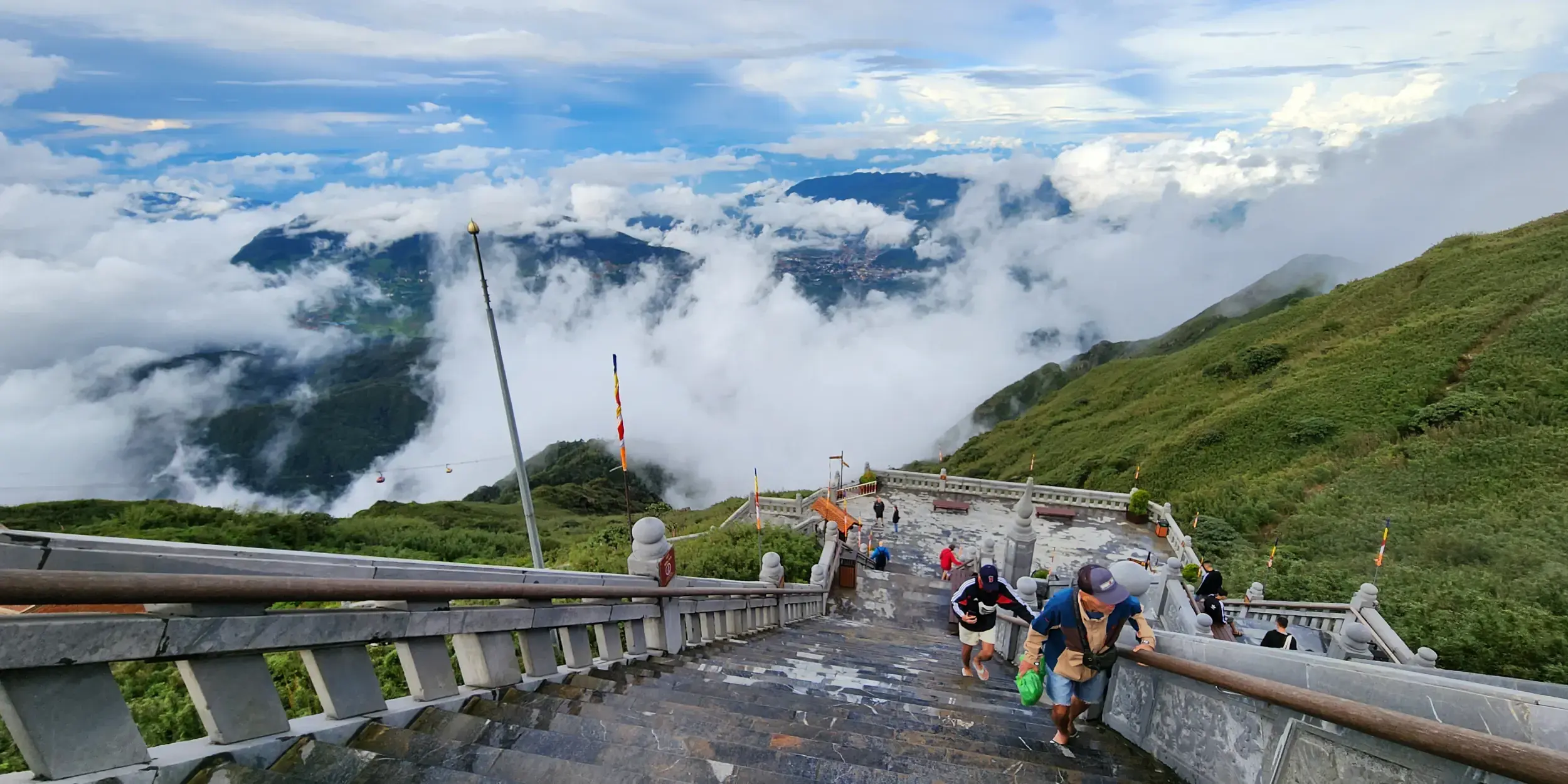
Climbing Fansipan Mountain, in Sapa, Vietnam
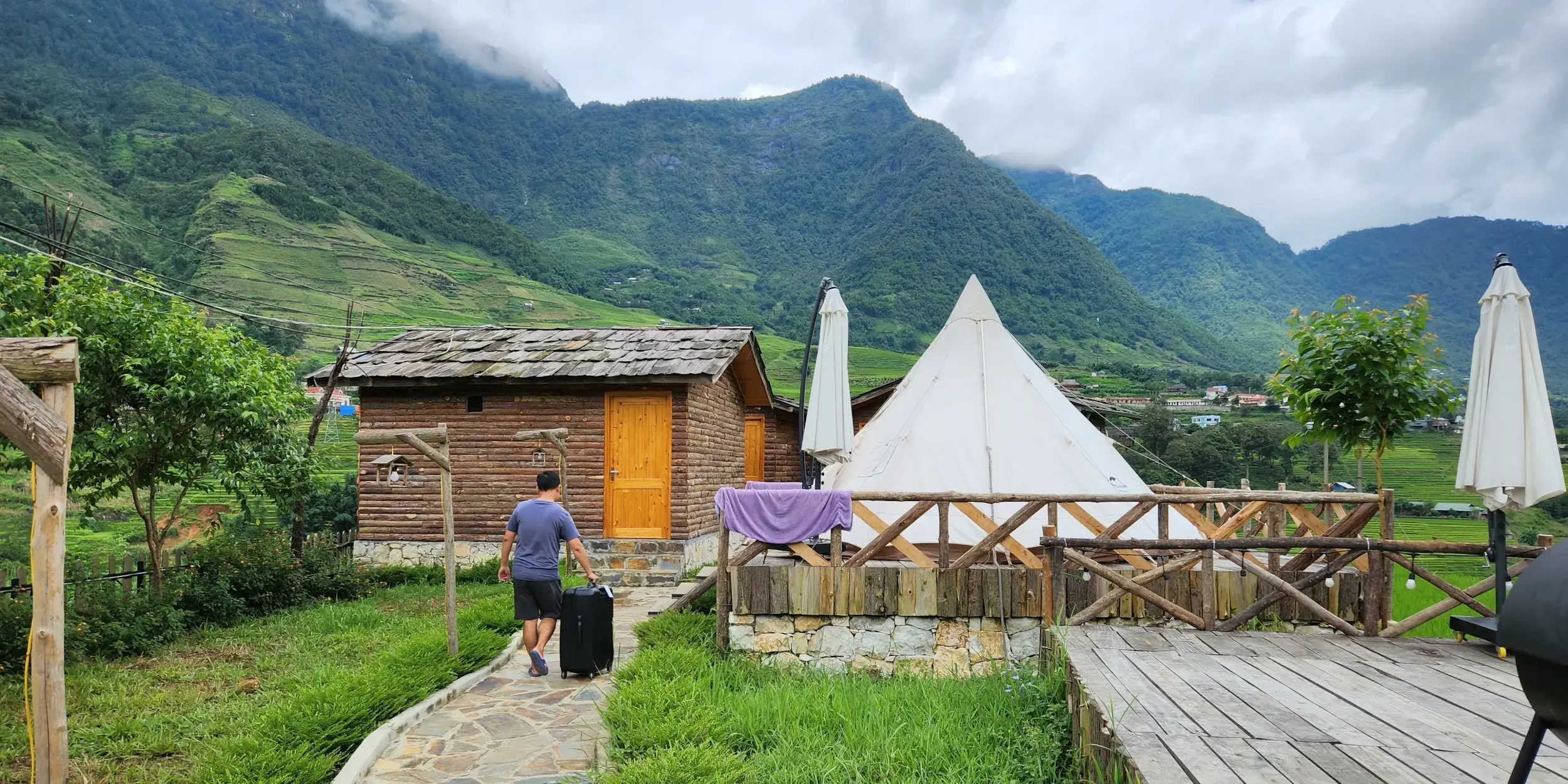
S Plus Bungalow in Sapa, Vietnam

Sapa CatCat Hills Resort & Spa in Sapa, Vietnam
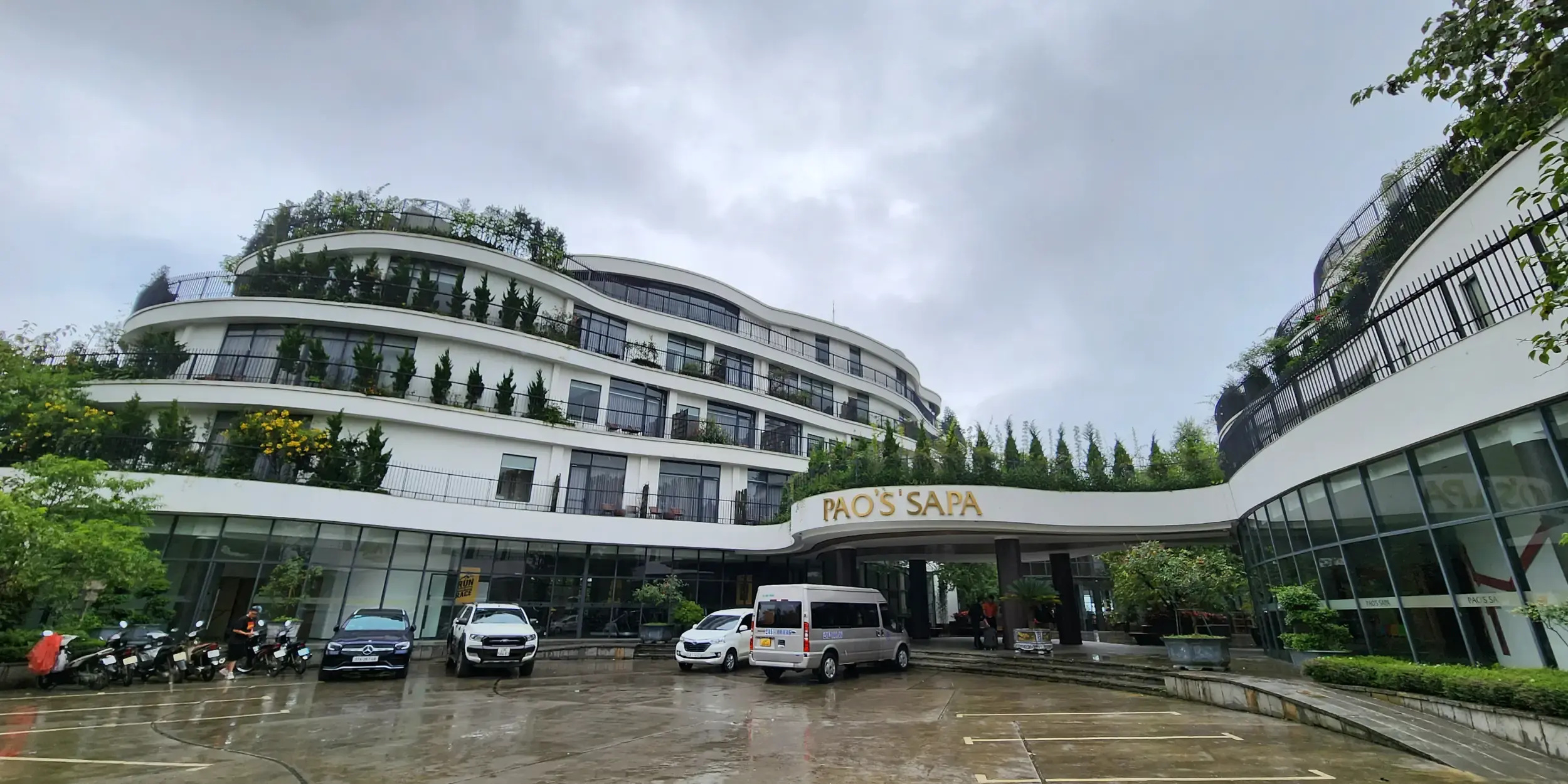
Pao's Sapa Leisure Hotel in Sapa, Vietnam
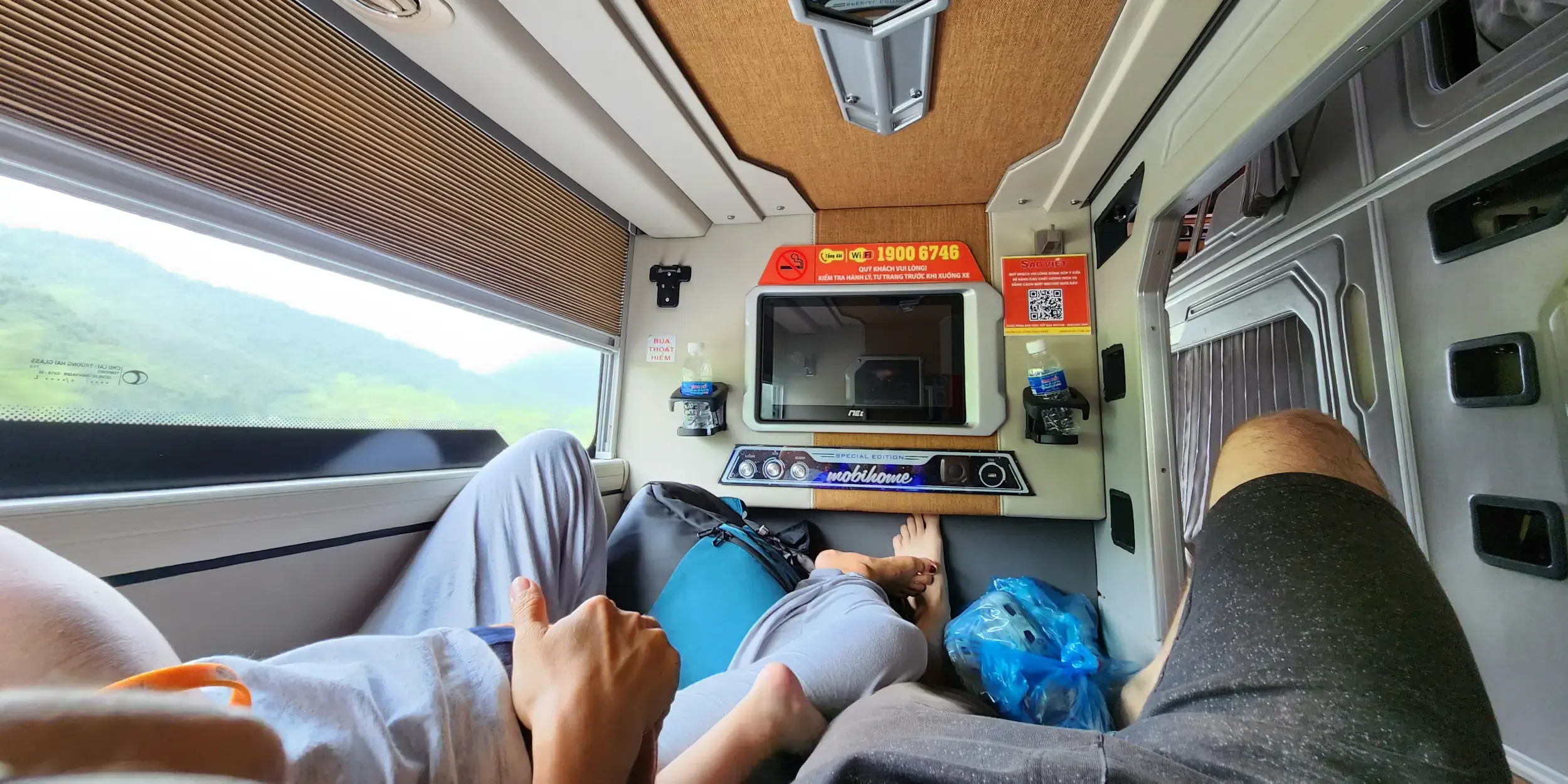
Thinking about Taking a Sleeper Bus in Vietnam?

Sapa - Trekker's Paradise, or Tourist Trap?
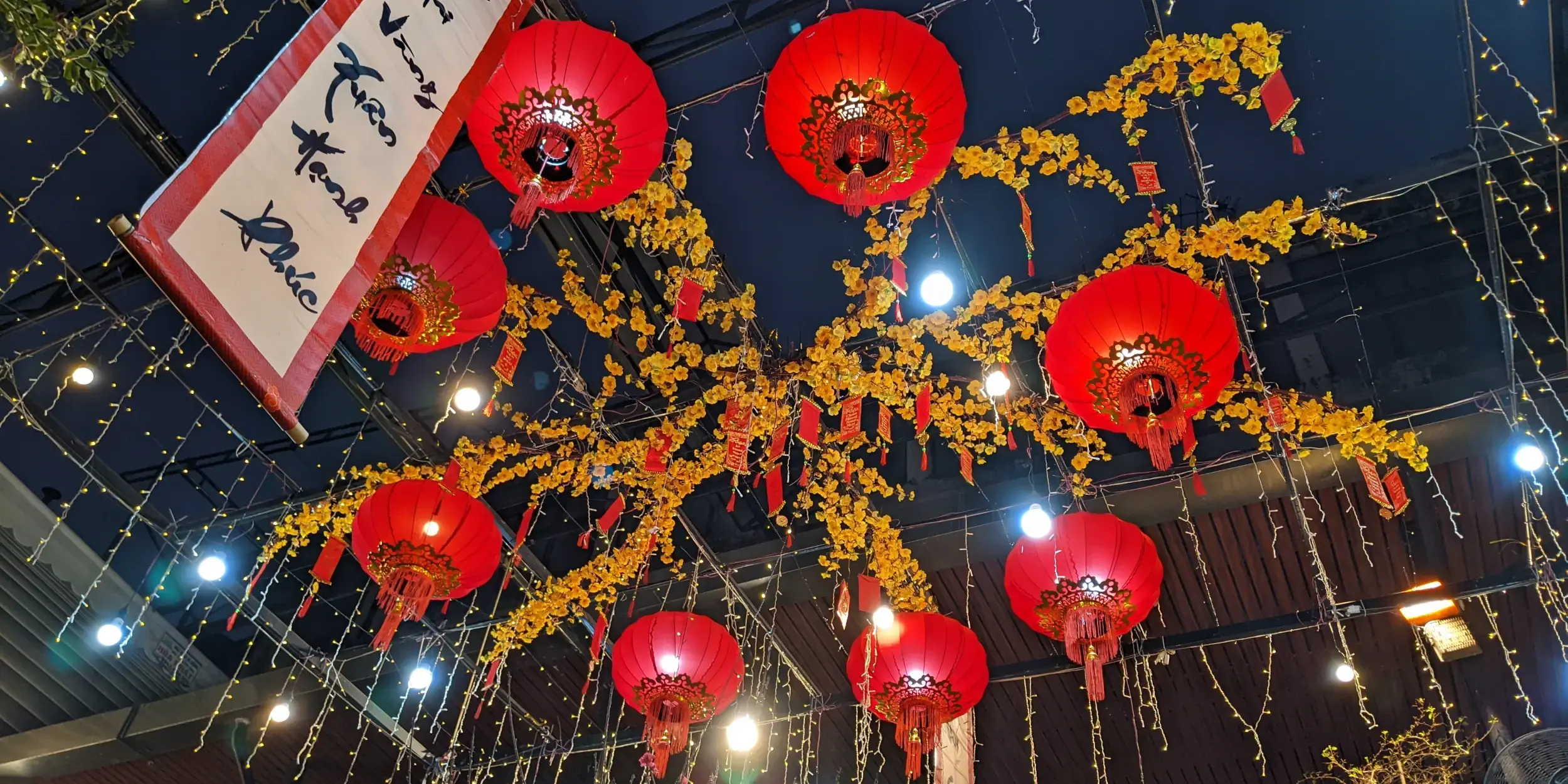
Planning to Visit Vietnam During Tet?
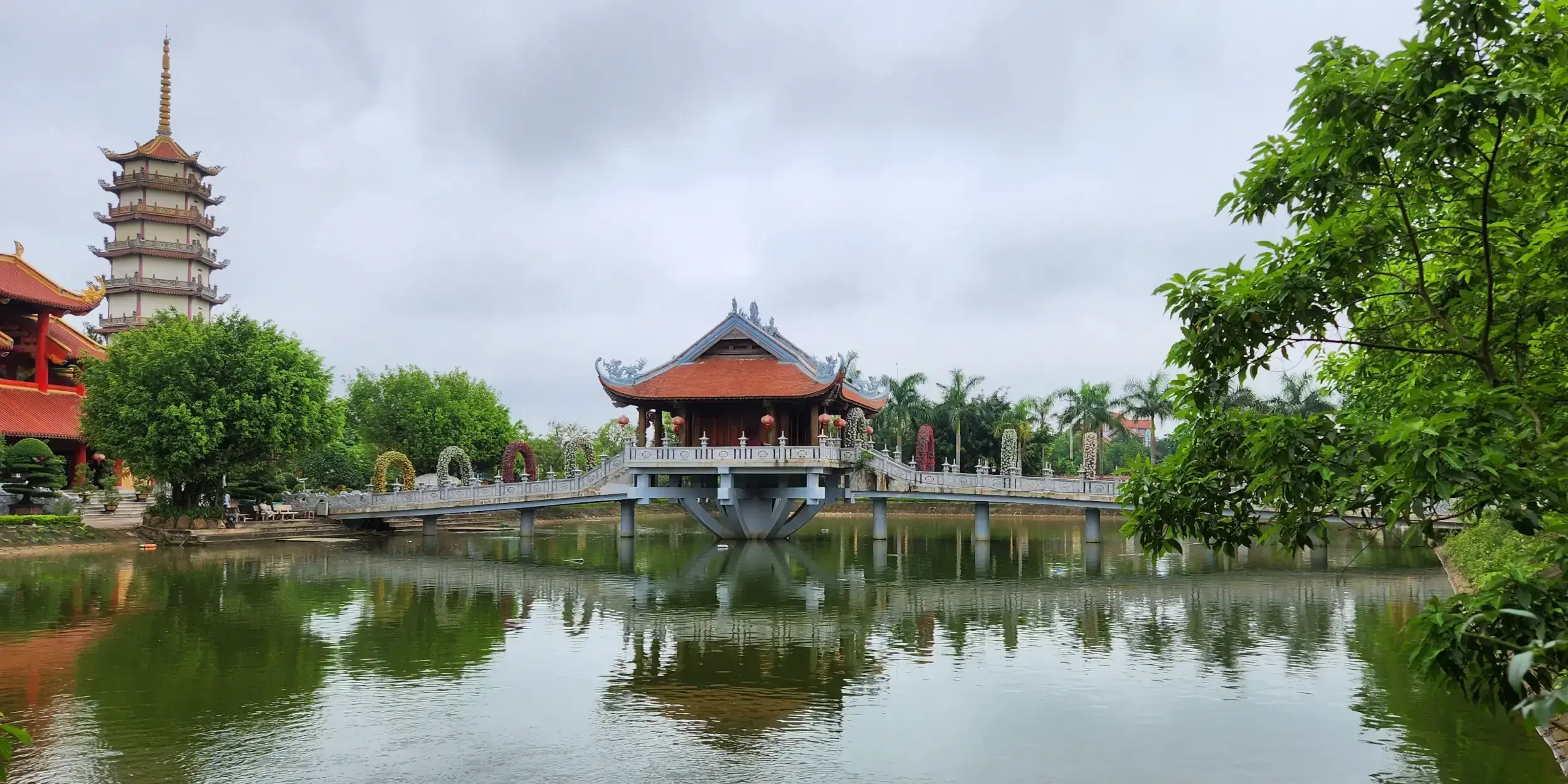
2 Tranquil Temples on the Outskirts of Hanoi
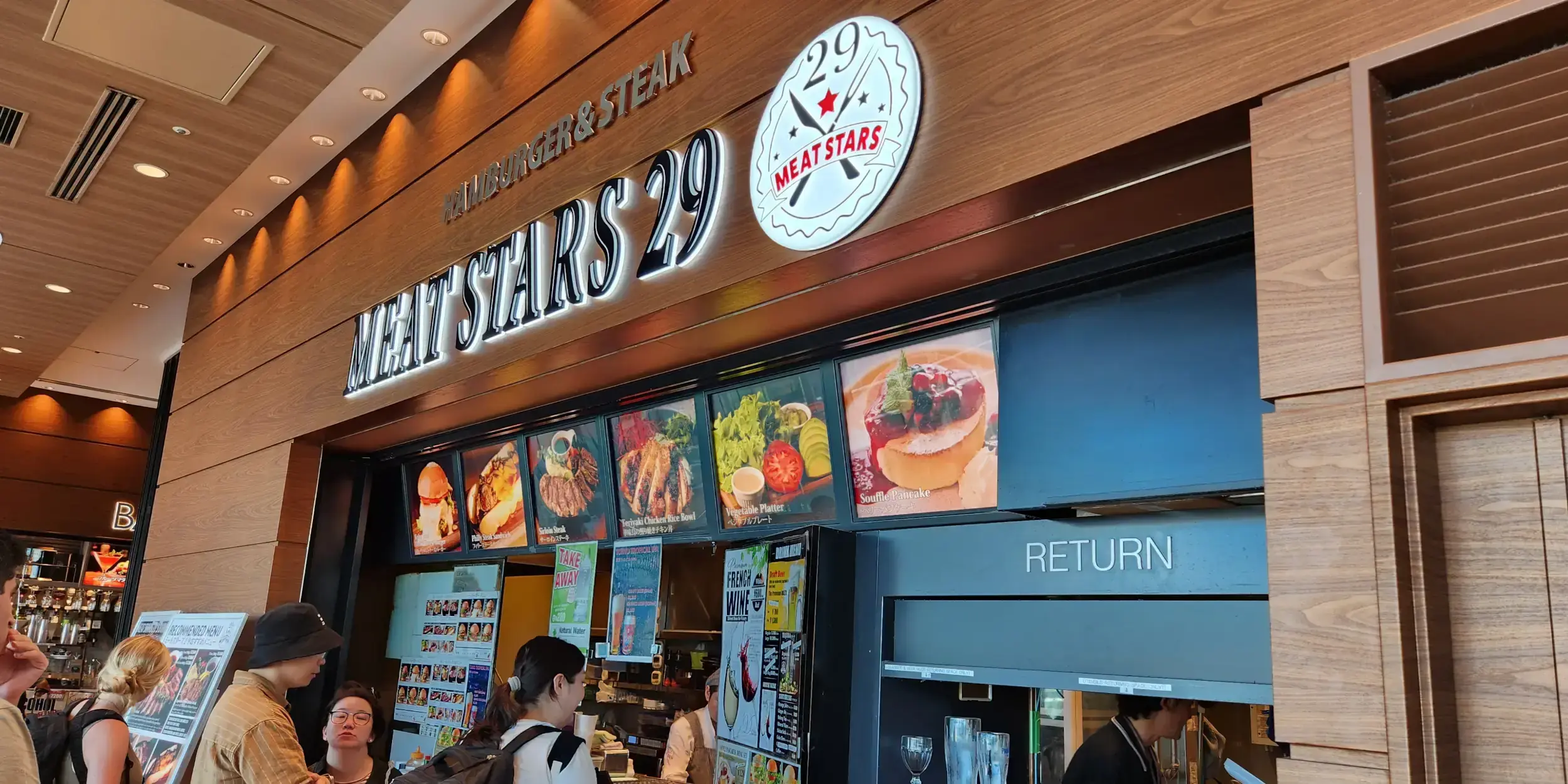
I Had One of the Best Burgers Ever at Haneda Airport
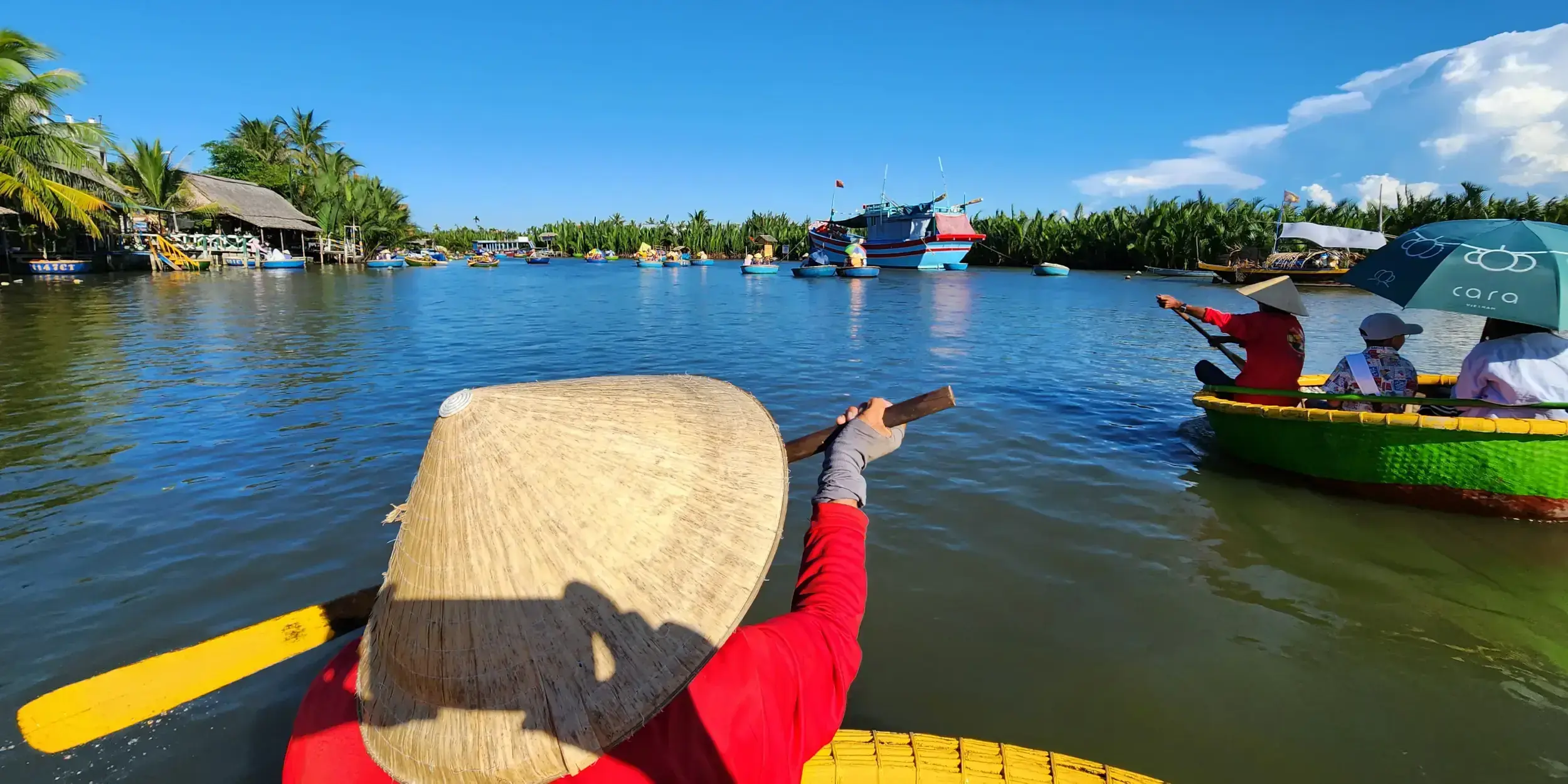
A Beautiful Afternoon in Hội An, Vietnam
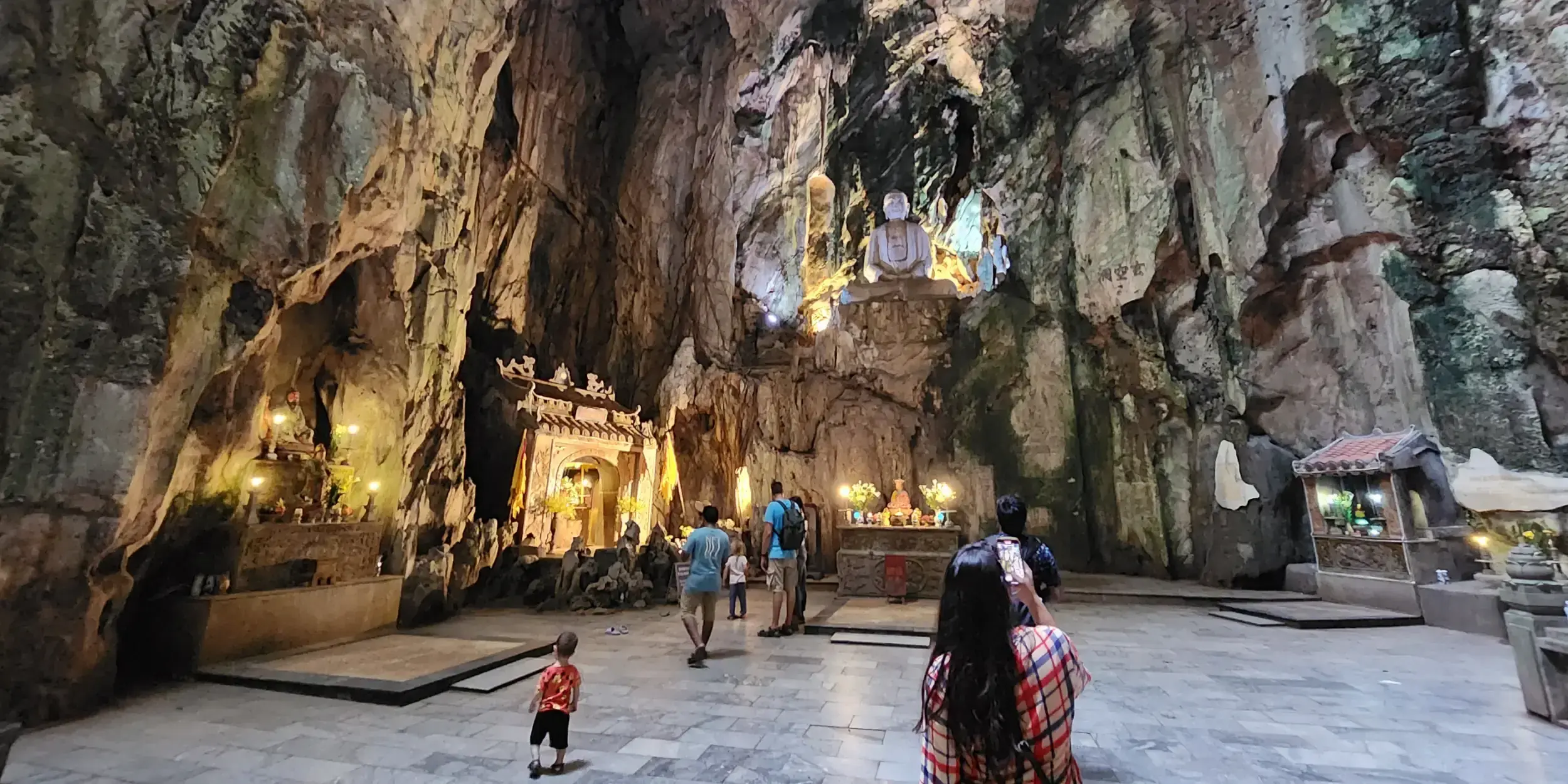
Visiting the Marble Mountains in Da Nang, Vietnam
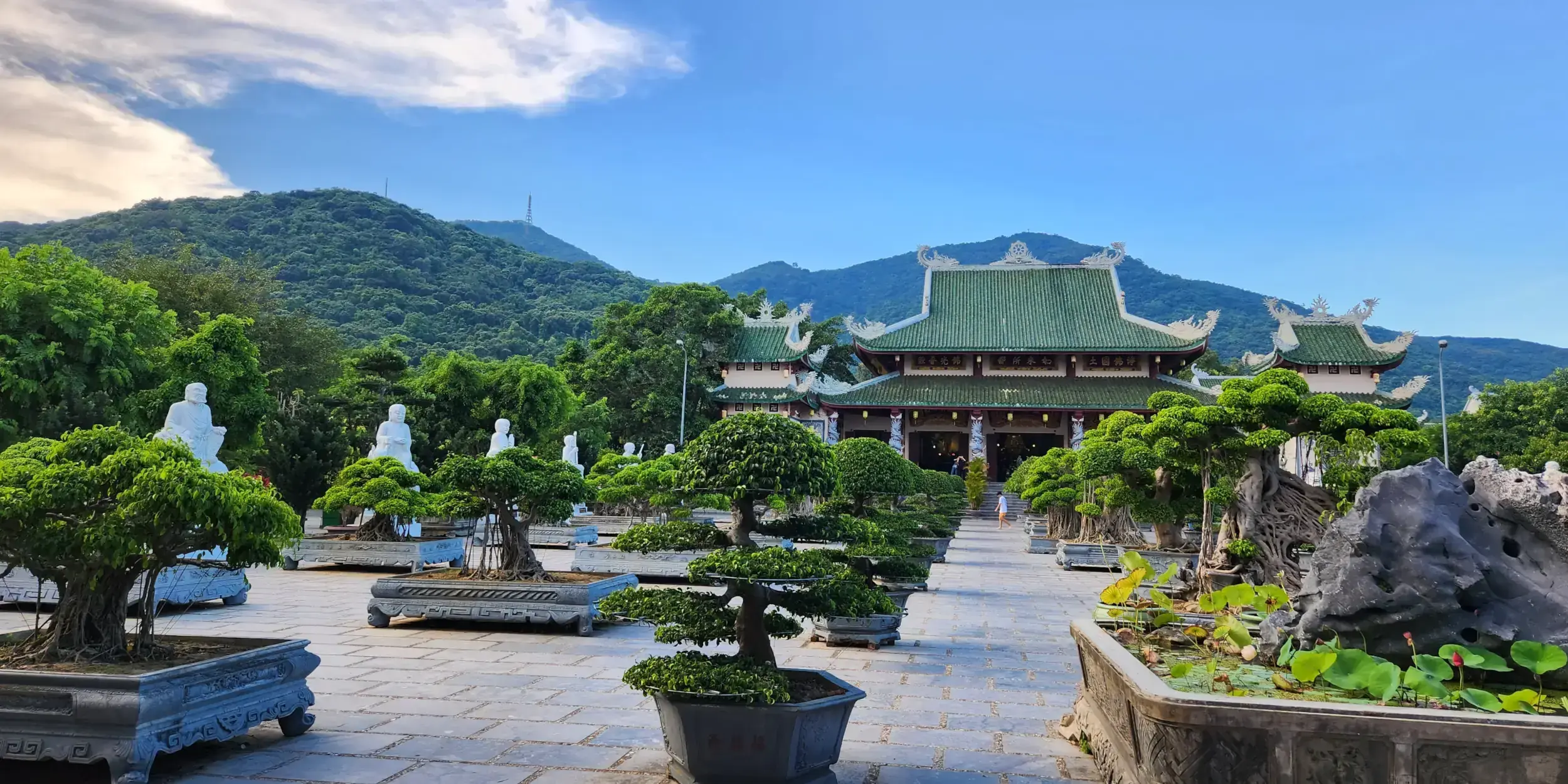
Linh Ứng Pagoda, Da Nang, Vietnam
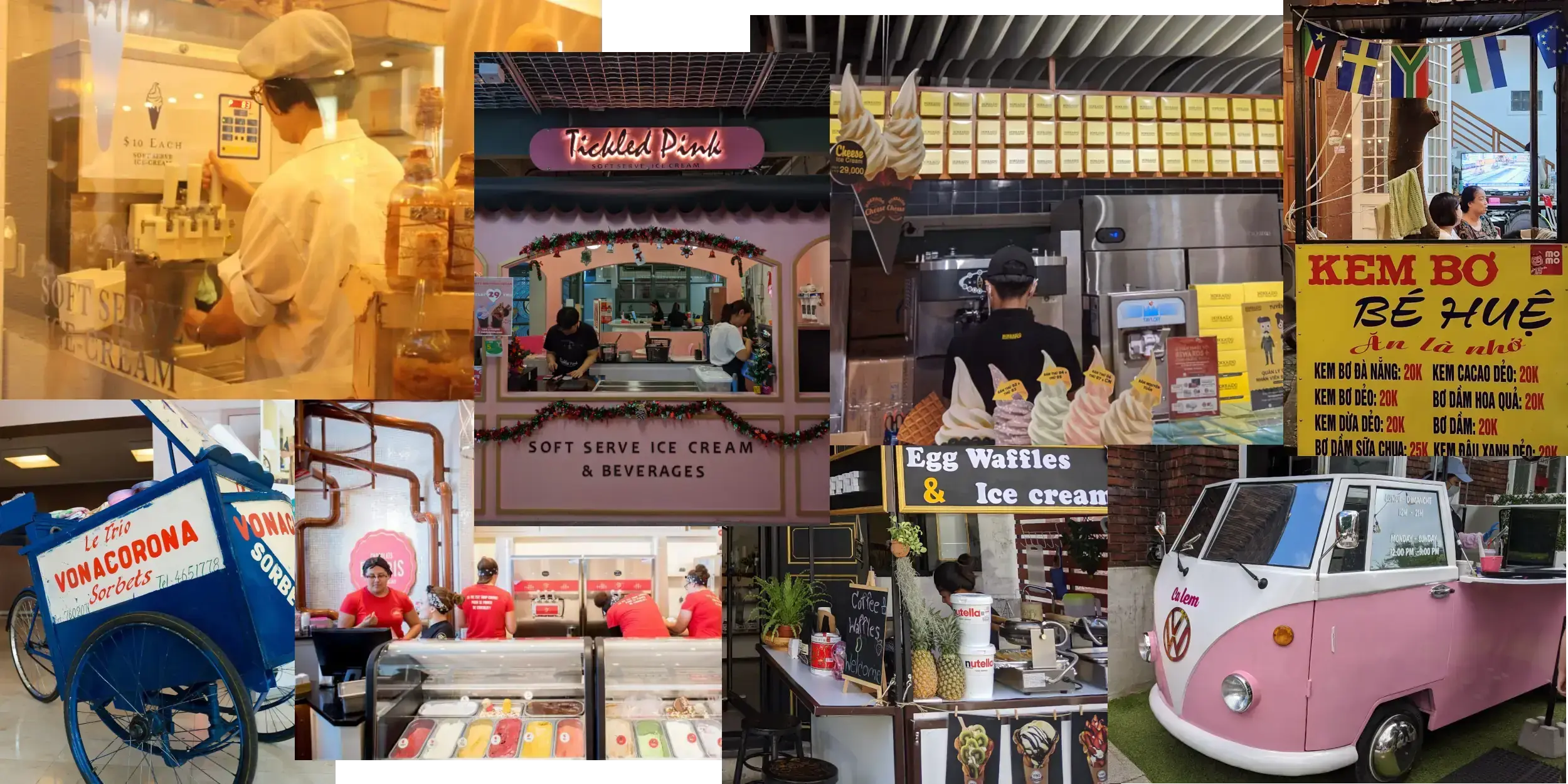
Unique and Delicious Ice Cream From Around the World
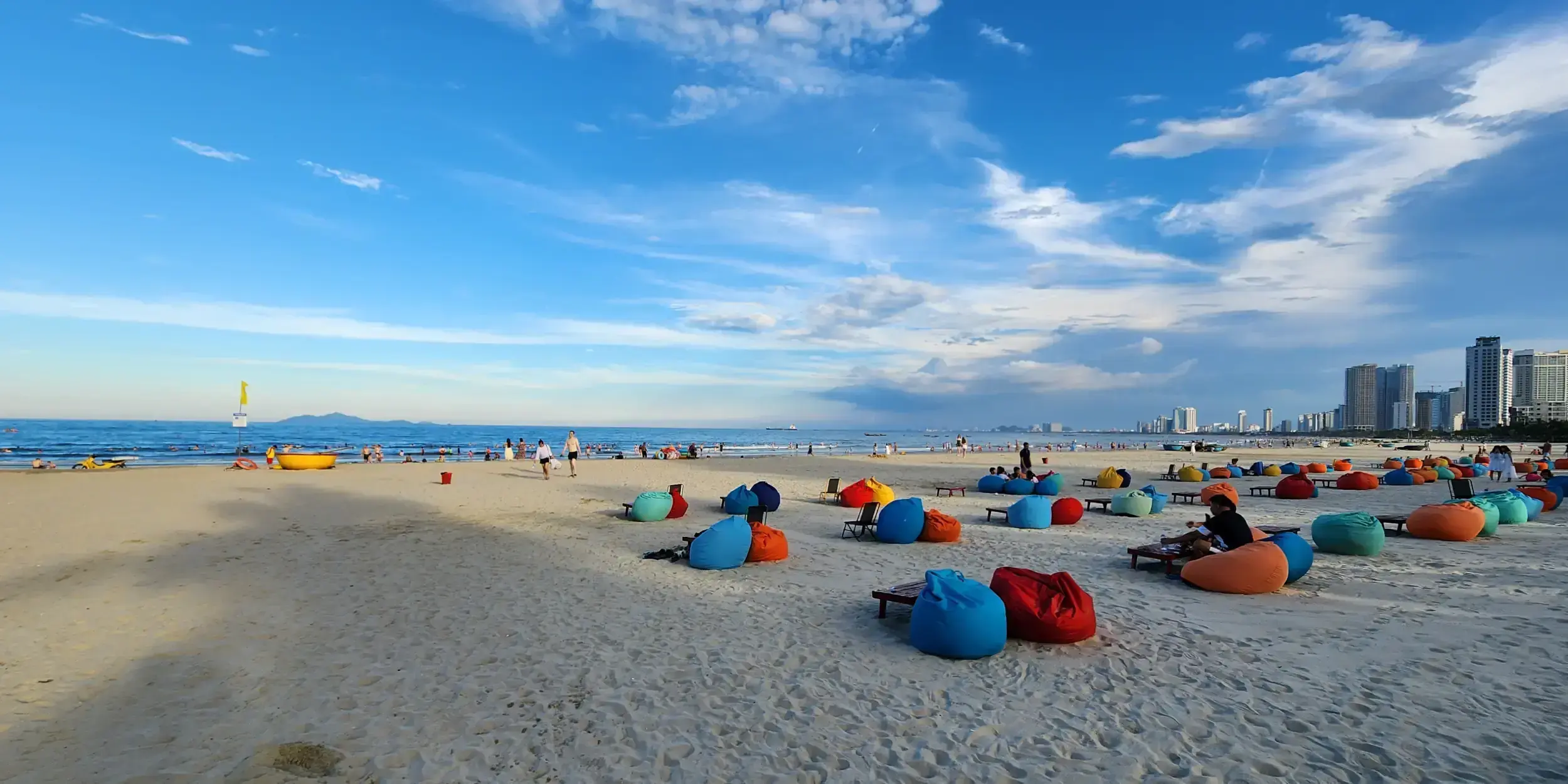
Da Nang Beaches - Pham Van Dong vs. My Khe
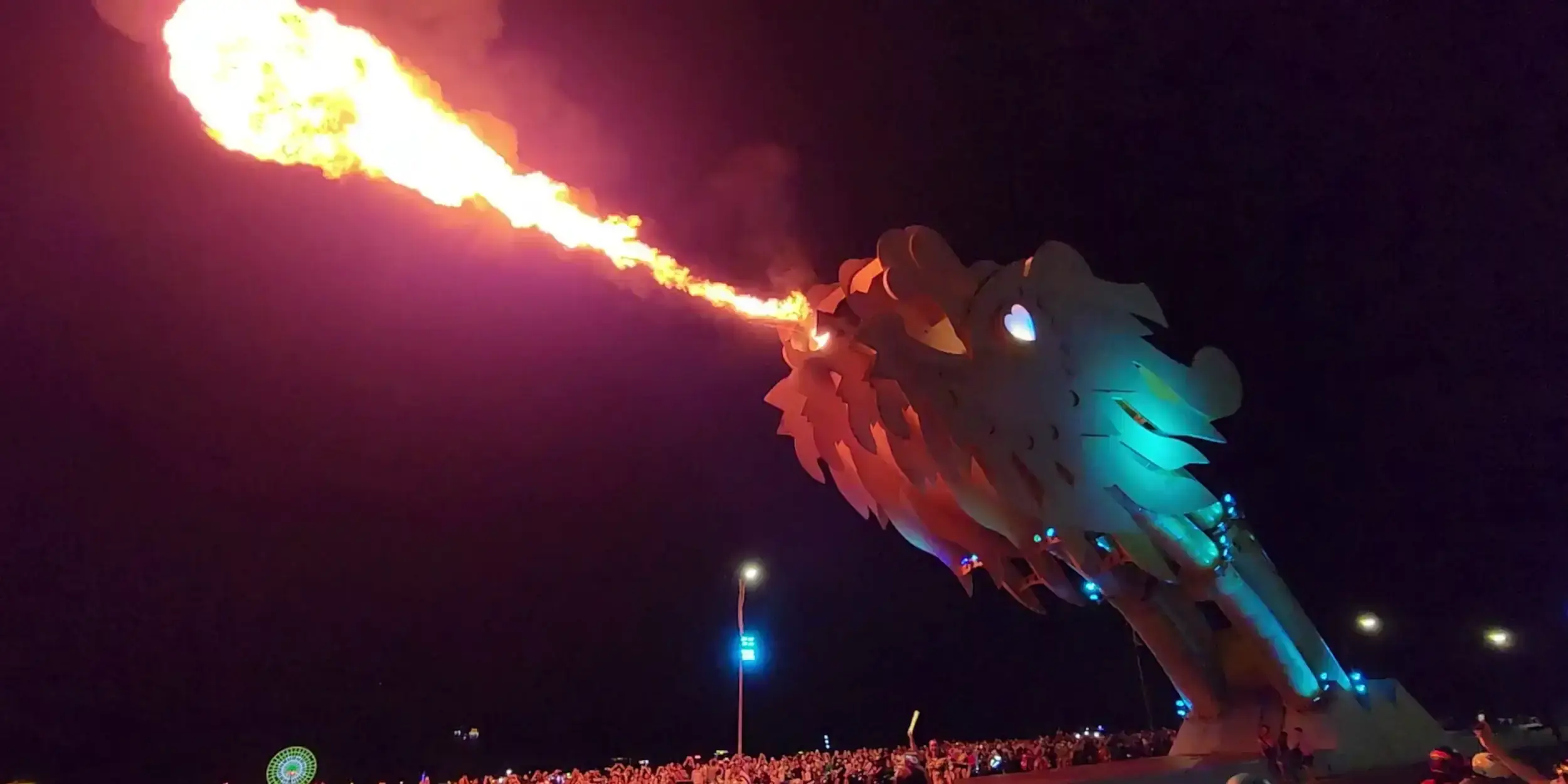
Dragon Bridge Show Da Nang - Bridge vs Cruise
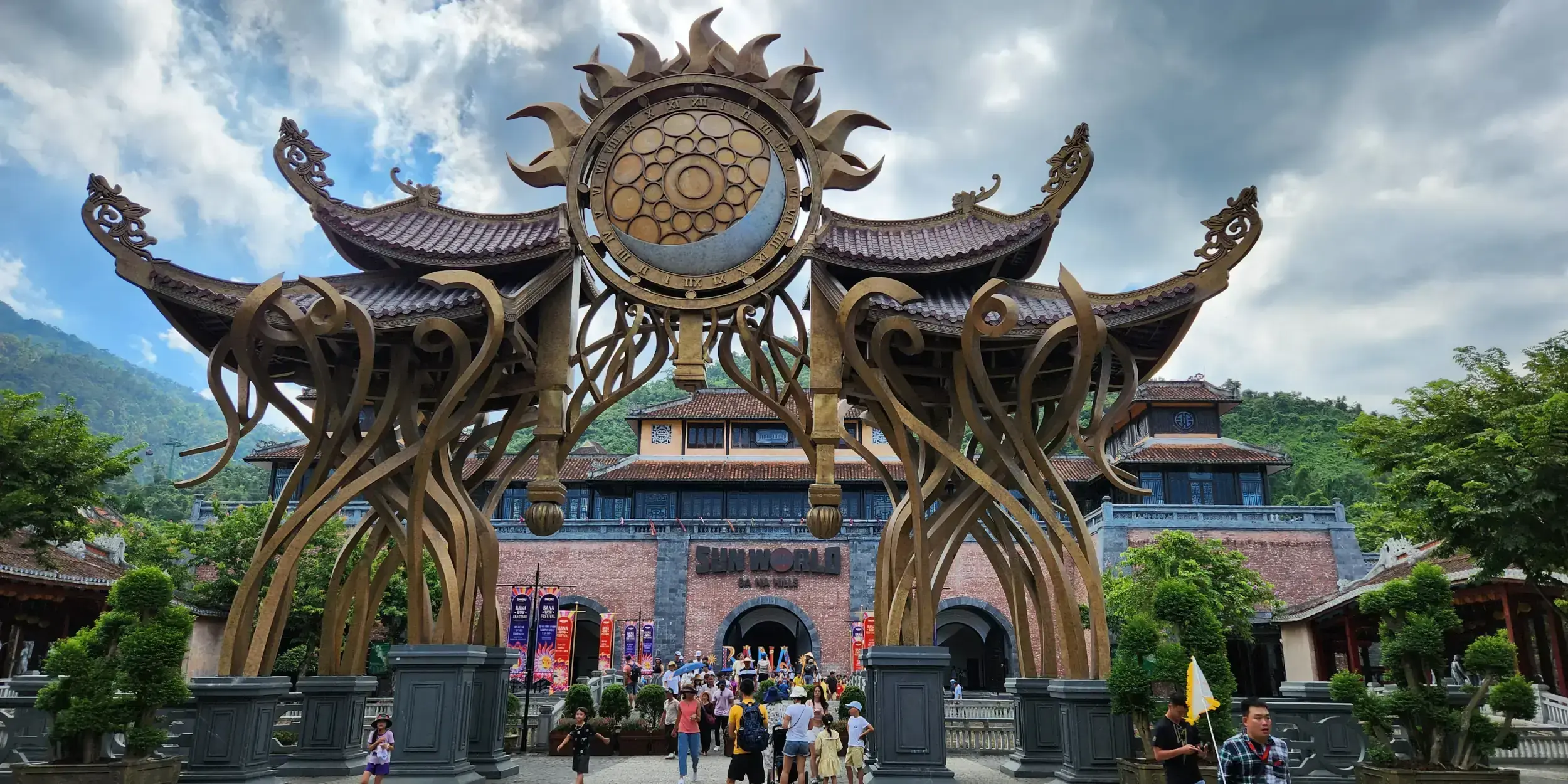
Sun World Bà Nà Hills, Da Nang, Vietnam
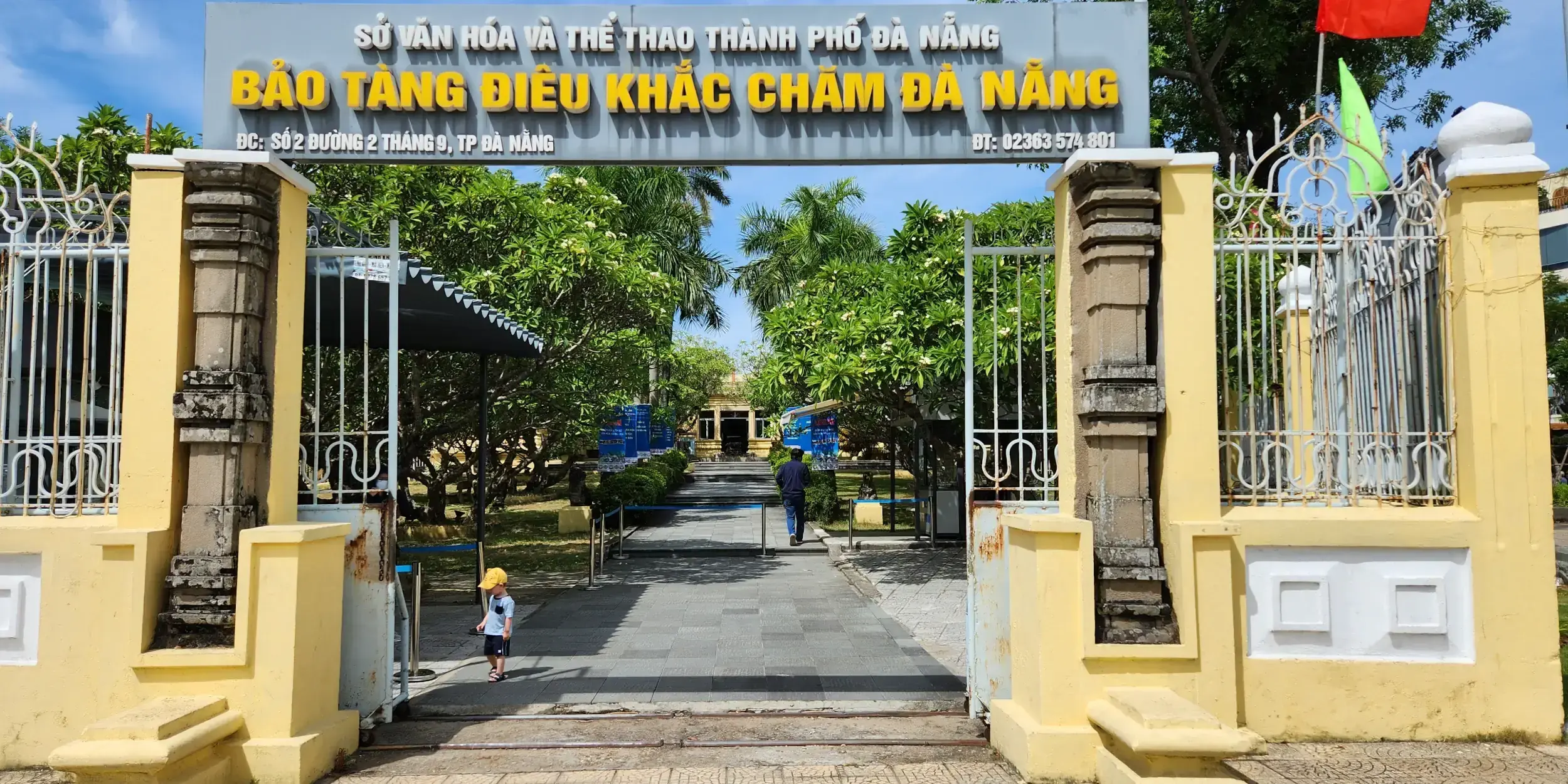
Museum of Cham Sculpture, Da Nang, Vietnam
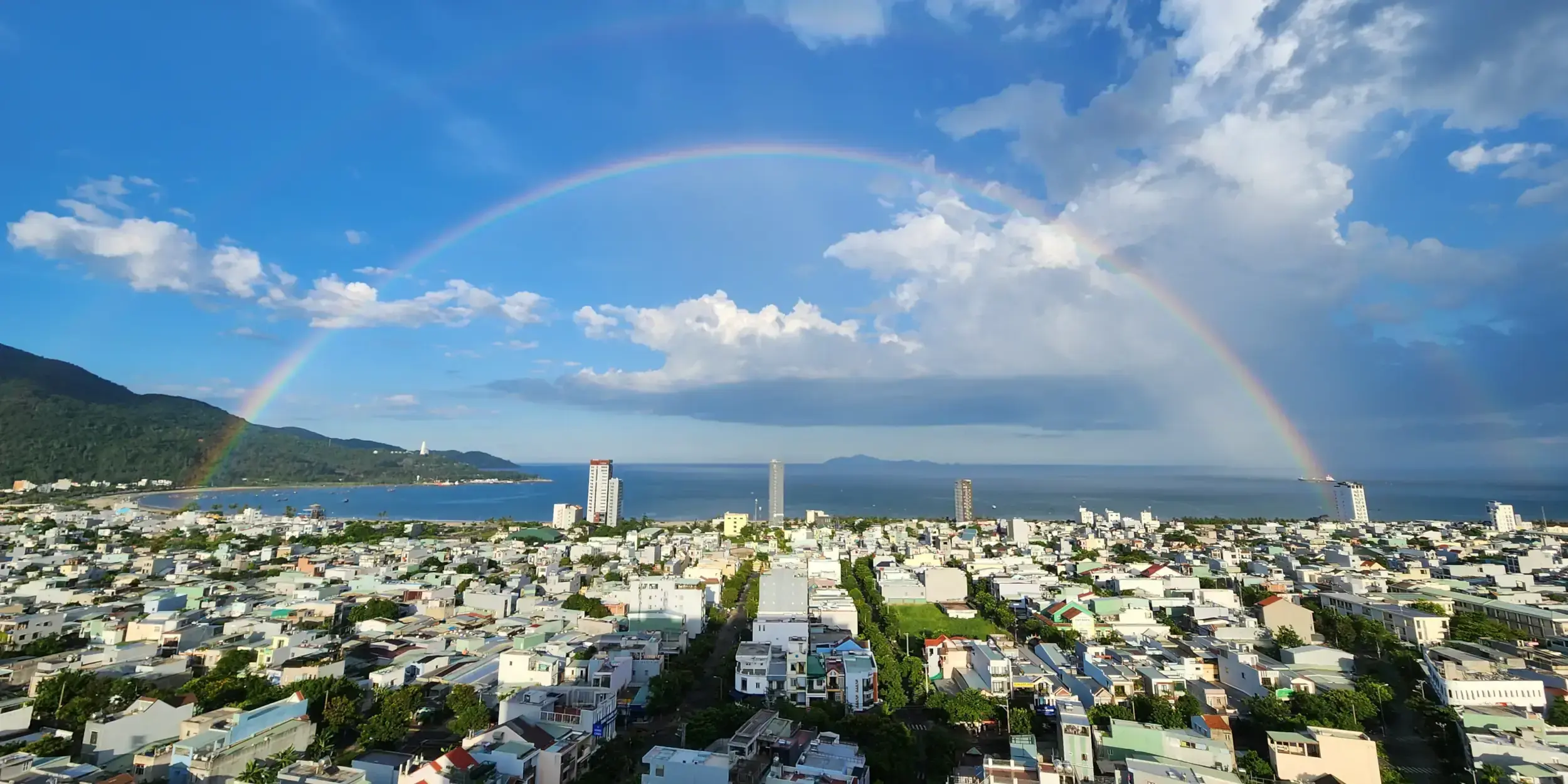
Da Nang, Vietnam
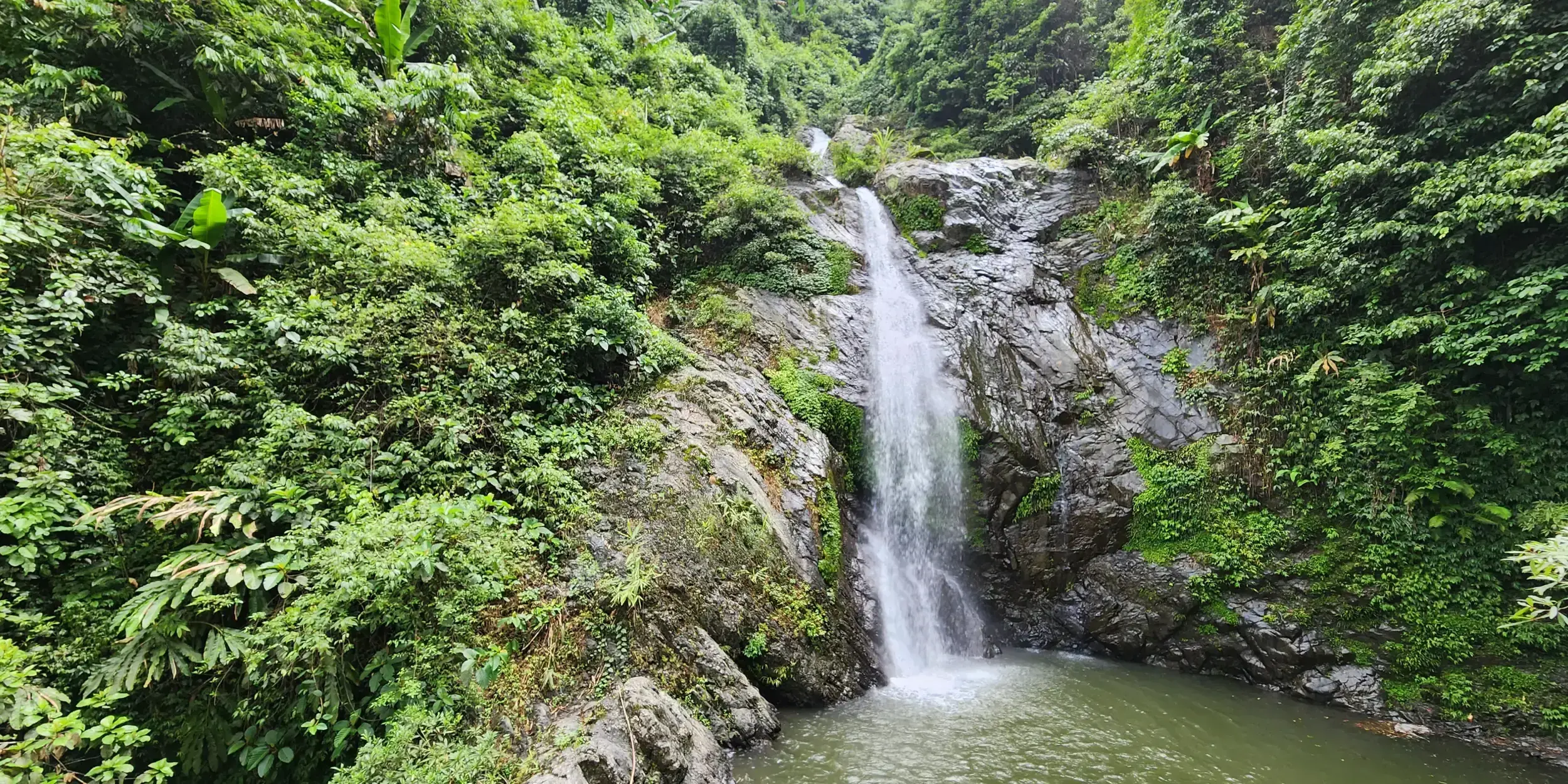
Nine waterfalls of Tú Sơn, Hoa Binh, Vietnam

Da Nang International Fireworks Festival 2023
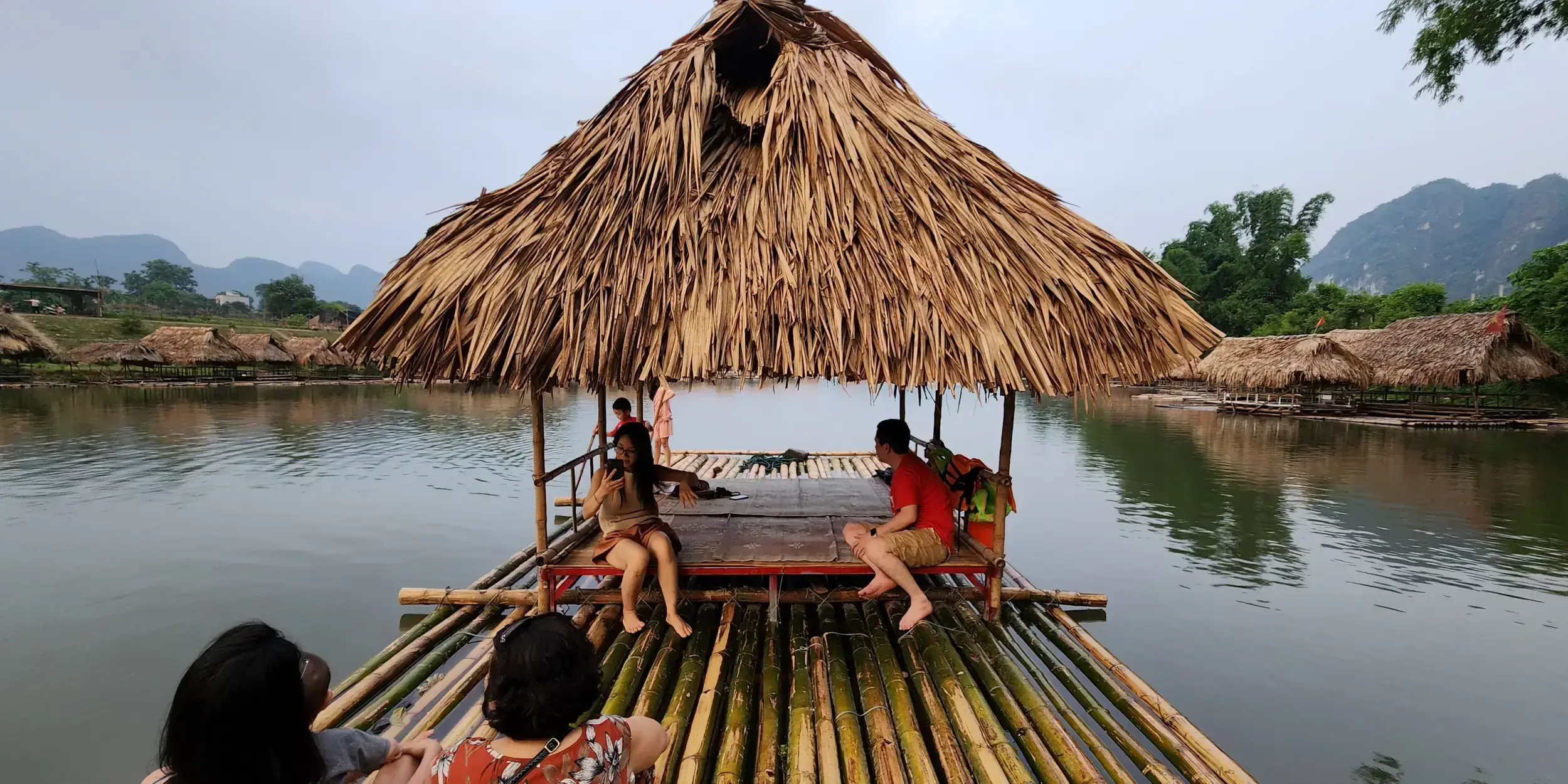
Bamboo River Raft Cruise, Hoa Binh, Vietnam
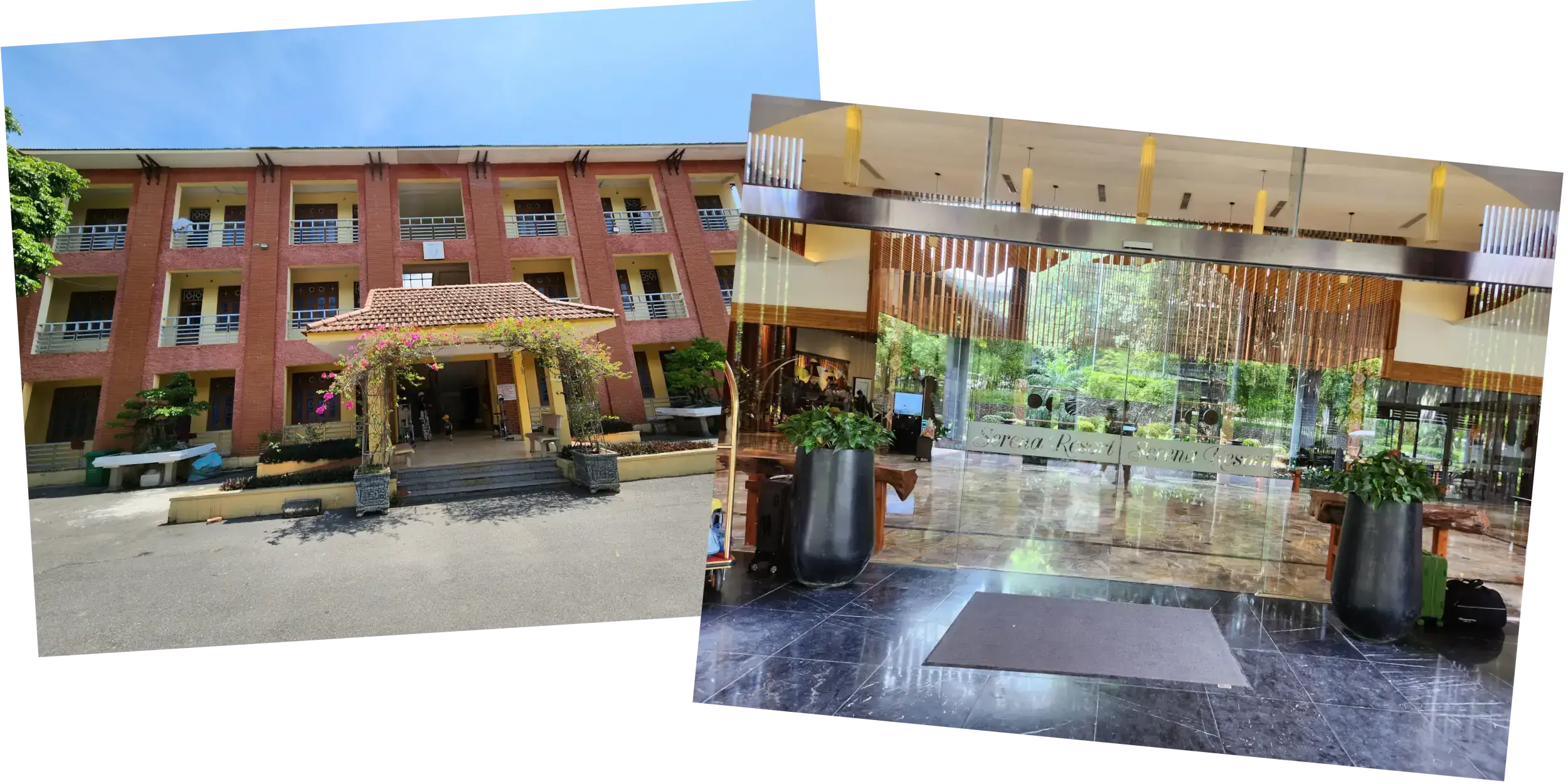
A Tale of Two Resorts in Hoa Binh, Vietnam
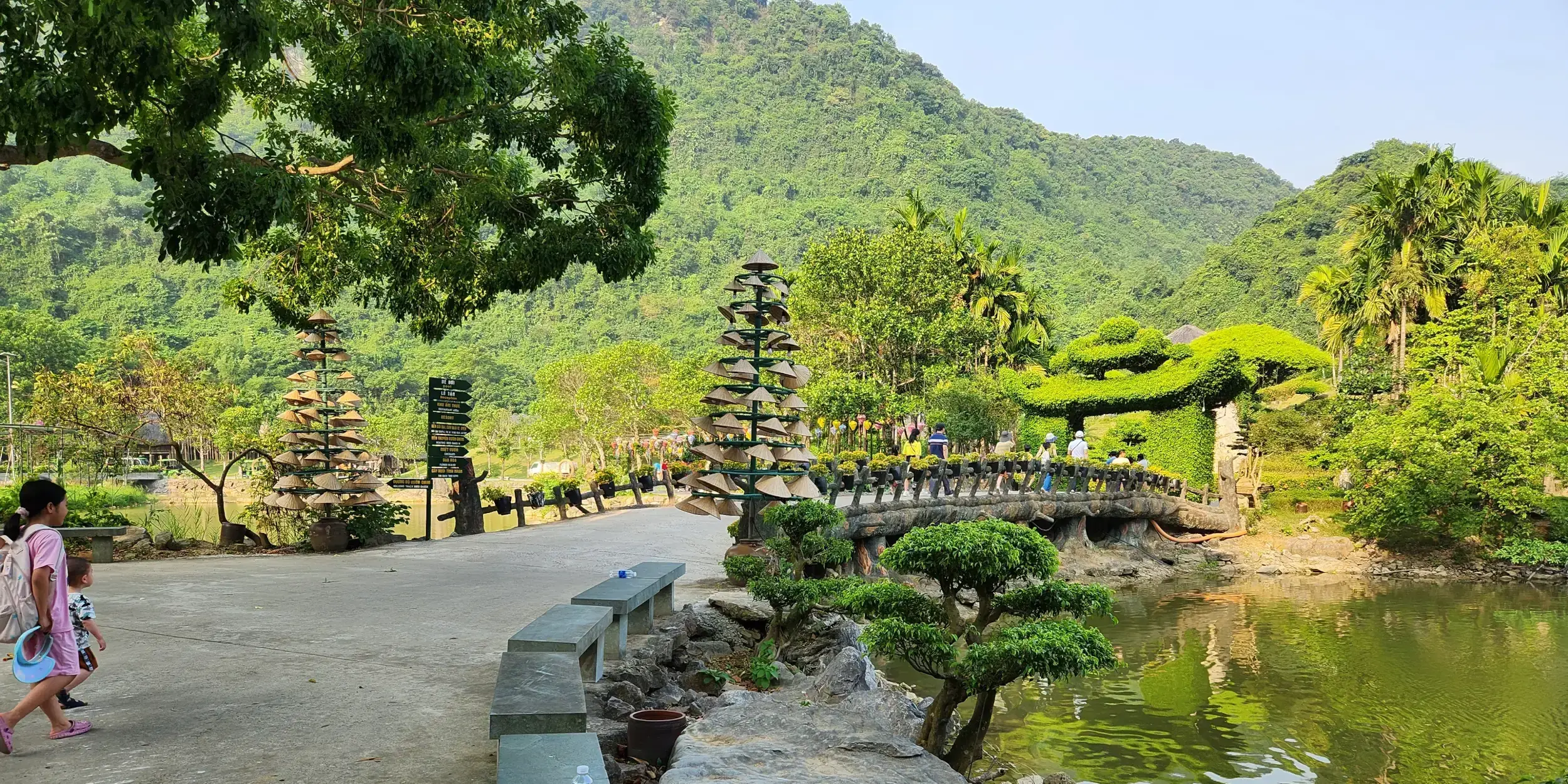
2 Days in Ninh Binh, Vietnam
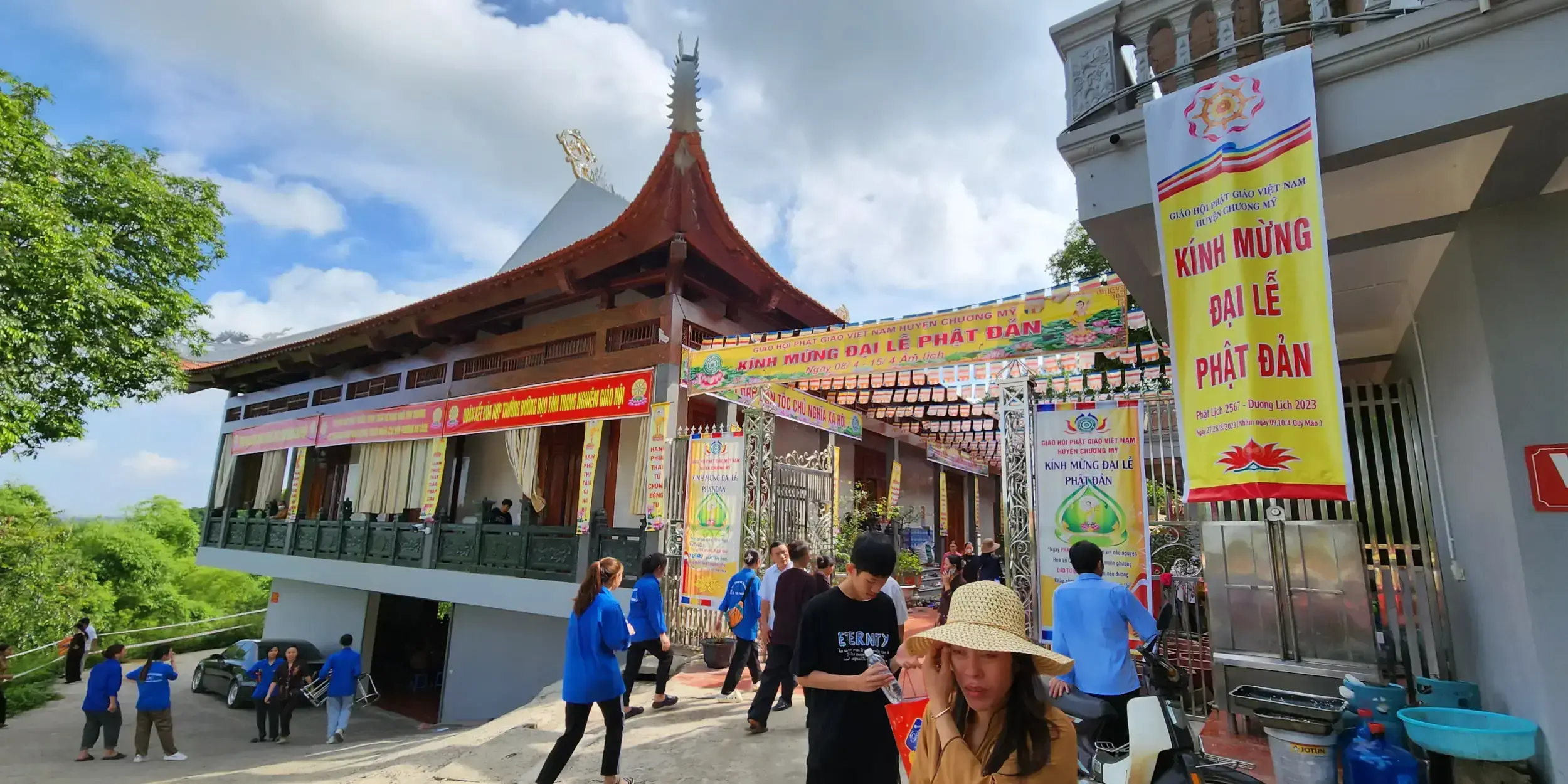
Trăm Gian Pagoda, Hanoi, Vietnam
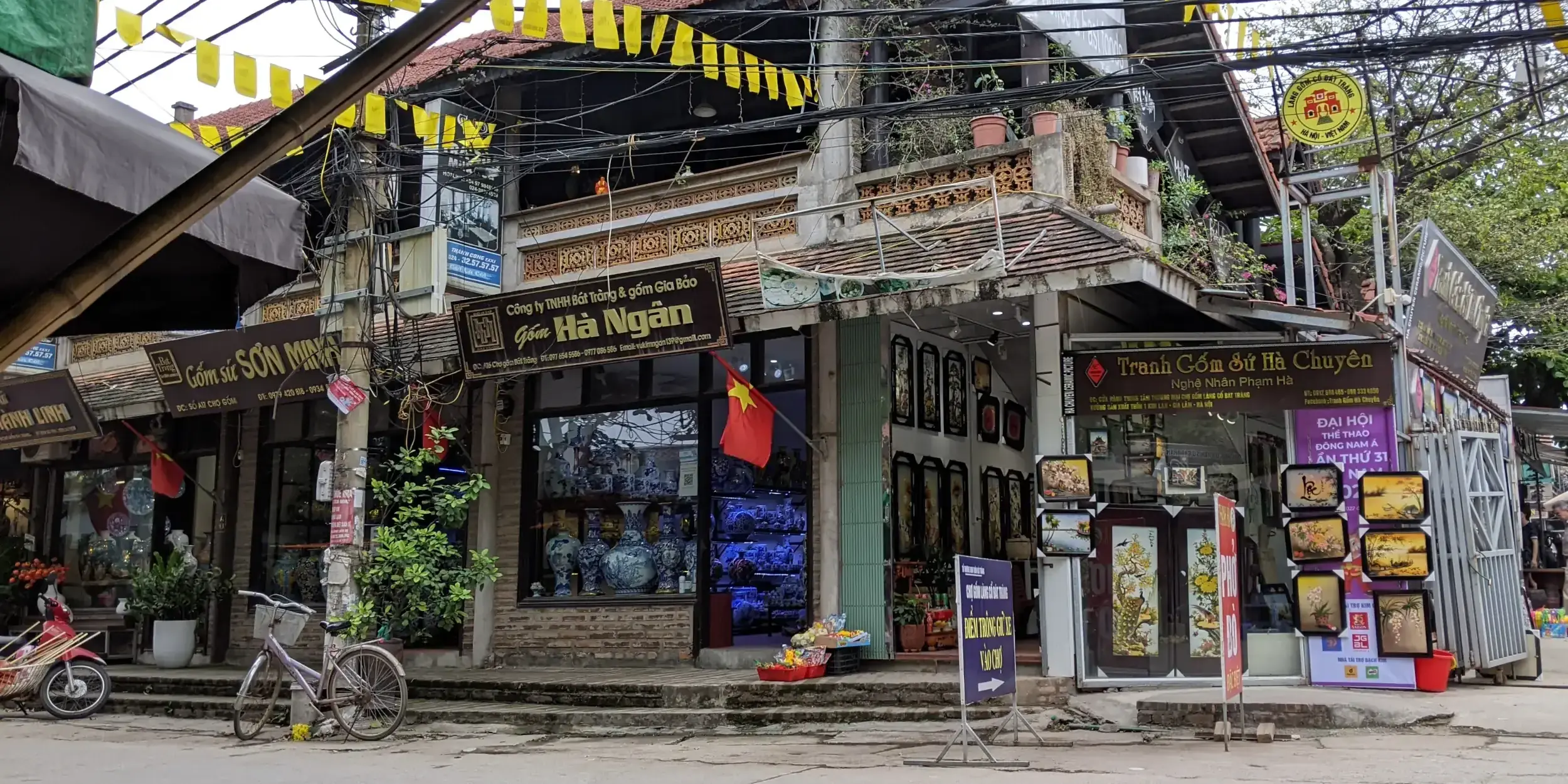
Bát Tràng Pottery Village, Hanoi, Vietnam
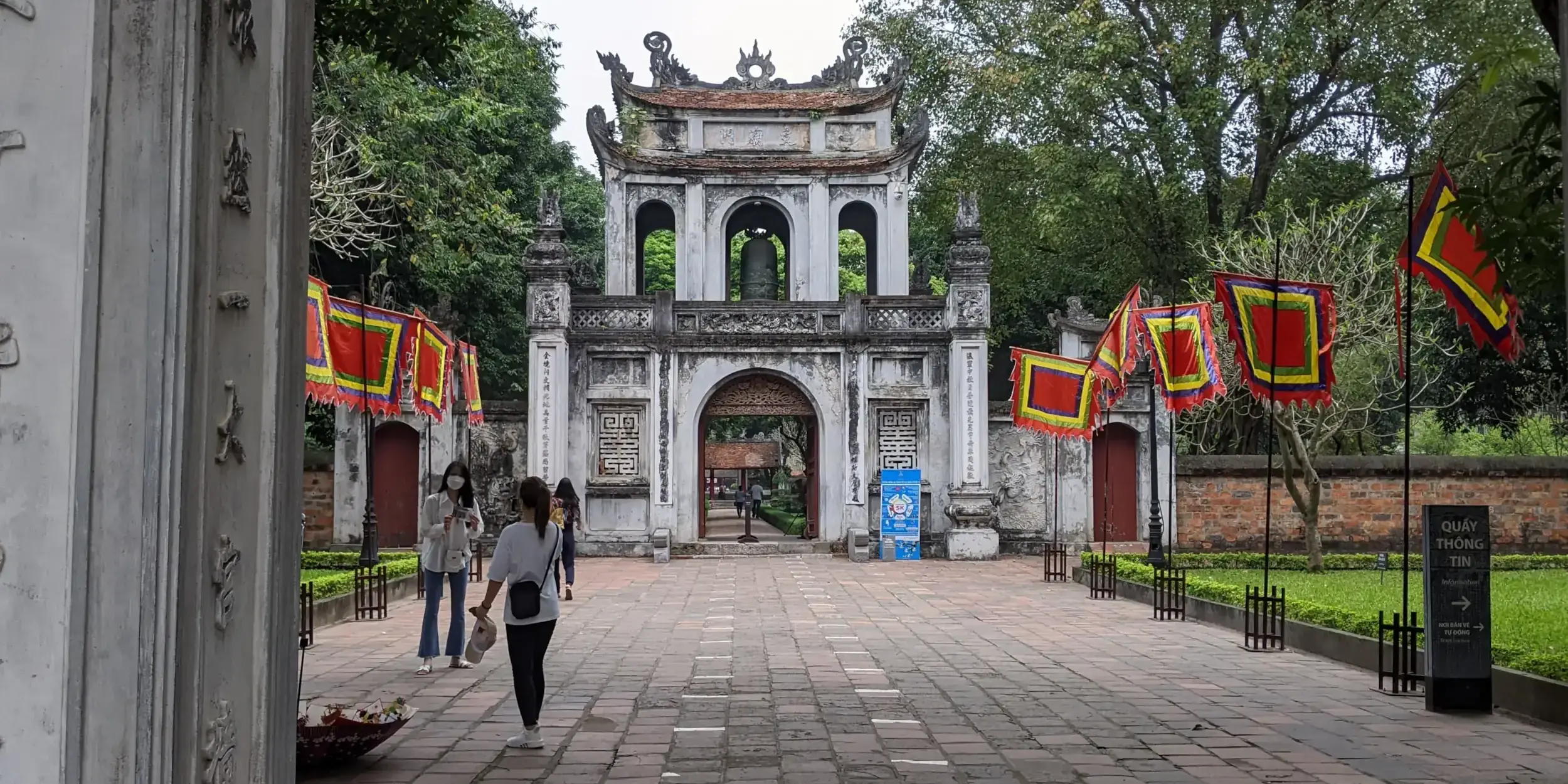
Temple of Literature, Hanoi, Vietnam
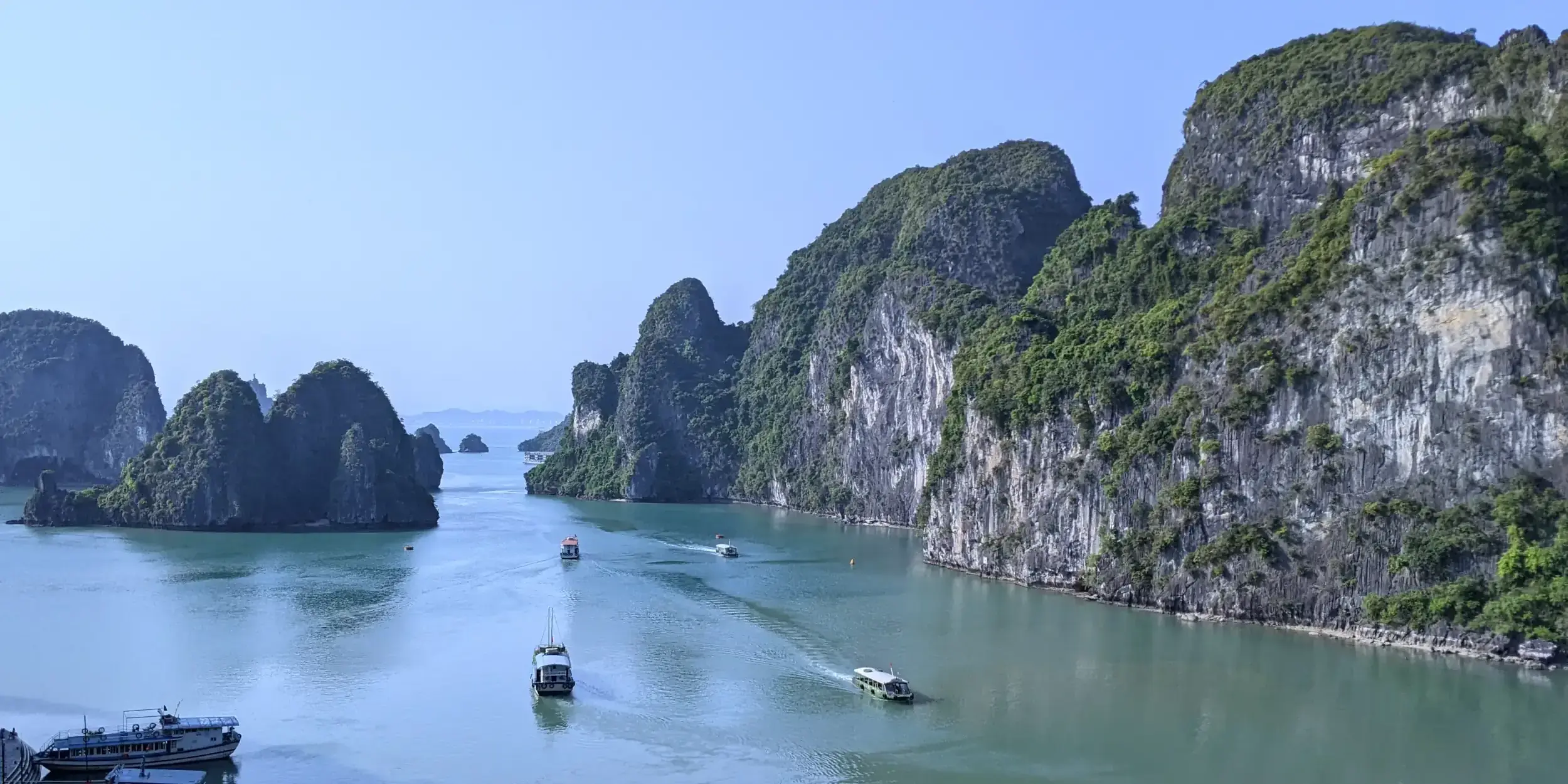
Hạ Long Bay 2-Day 1-Night Cruise, Ha Long, Vietnam
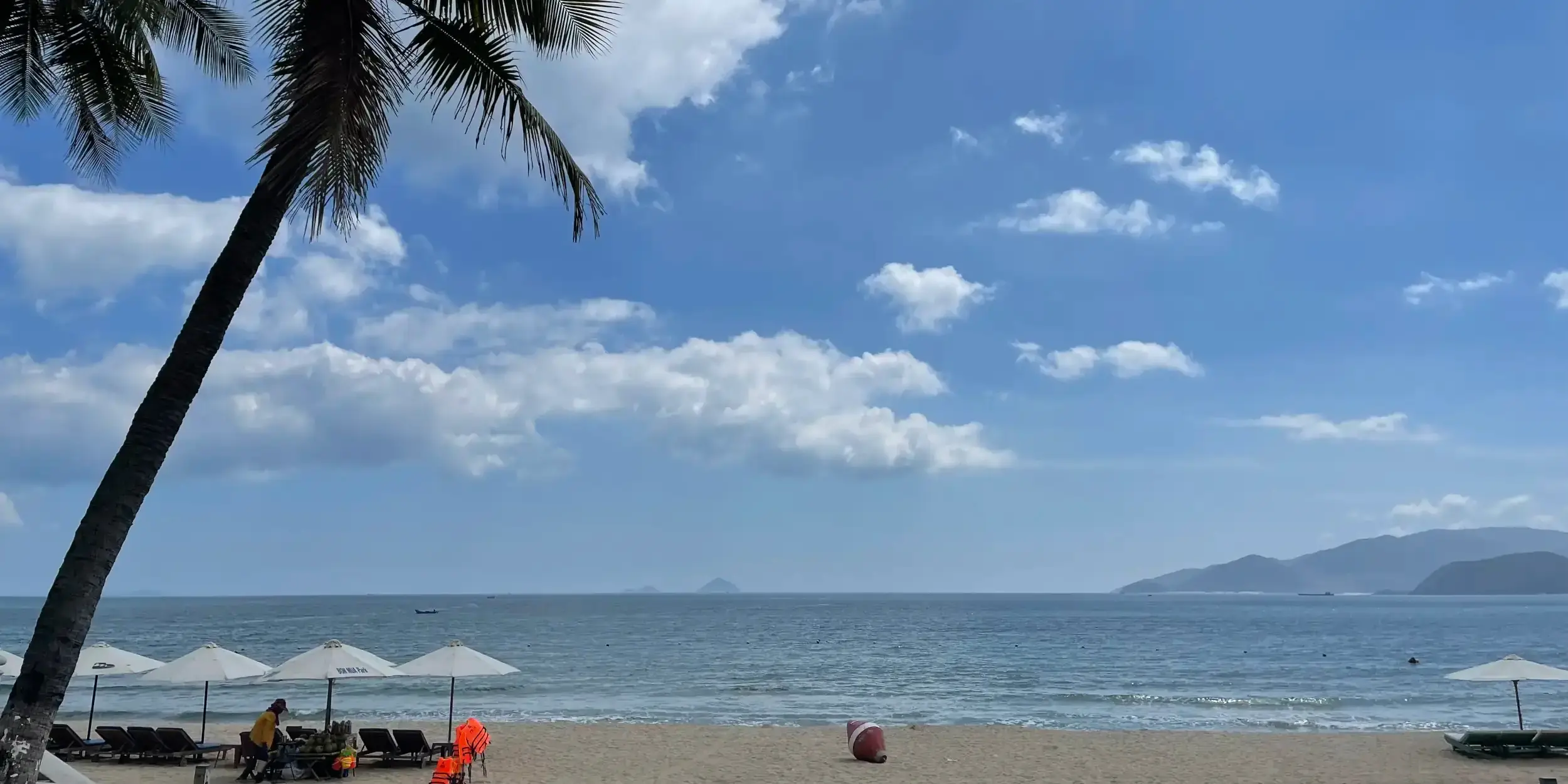
The Beaches in Nha Trang, Vietnam
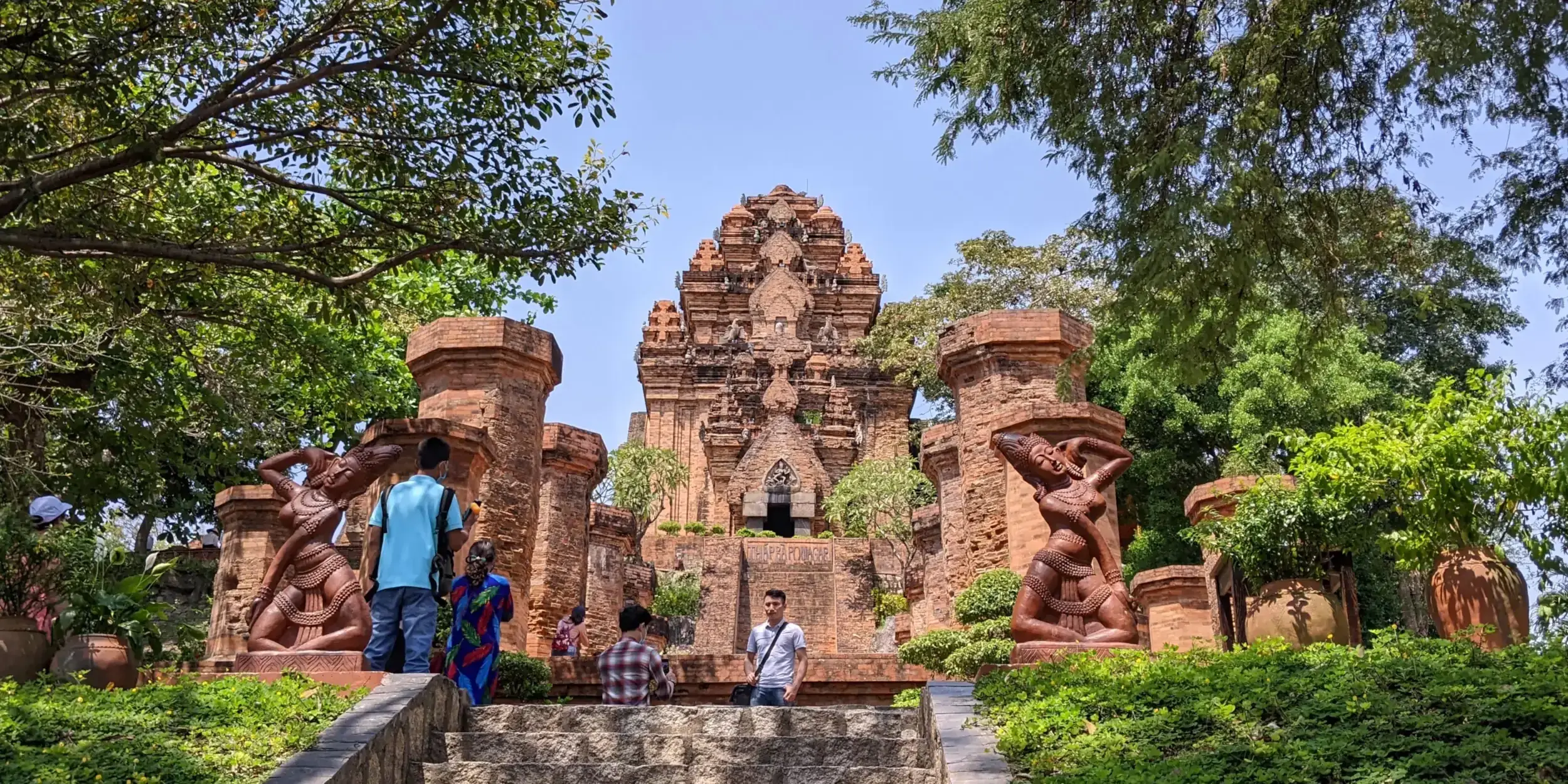
Po Nagar Cham Temple Ruins, Nha Trang, Vietnam
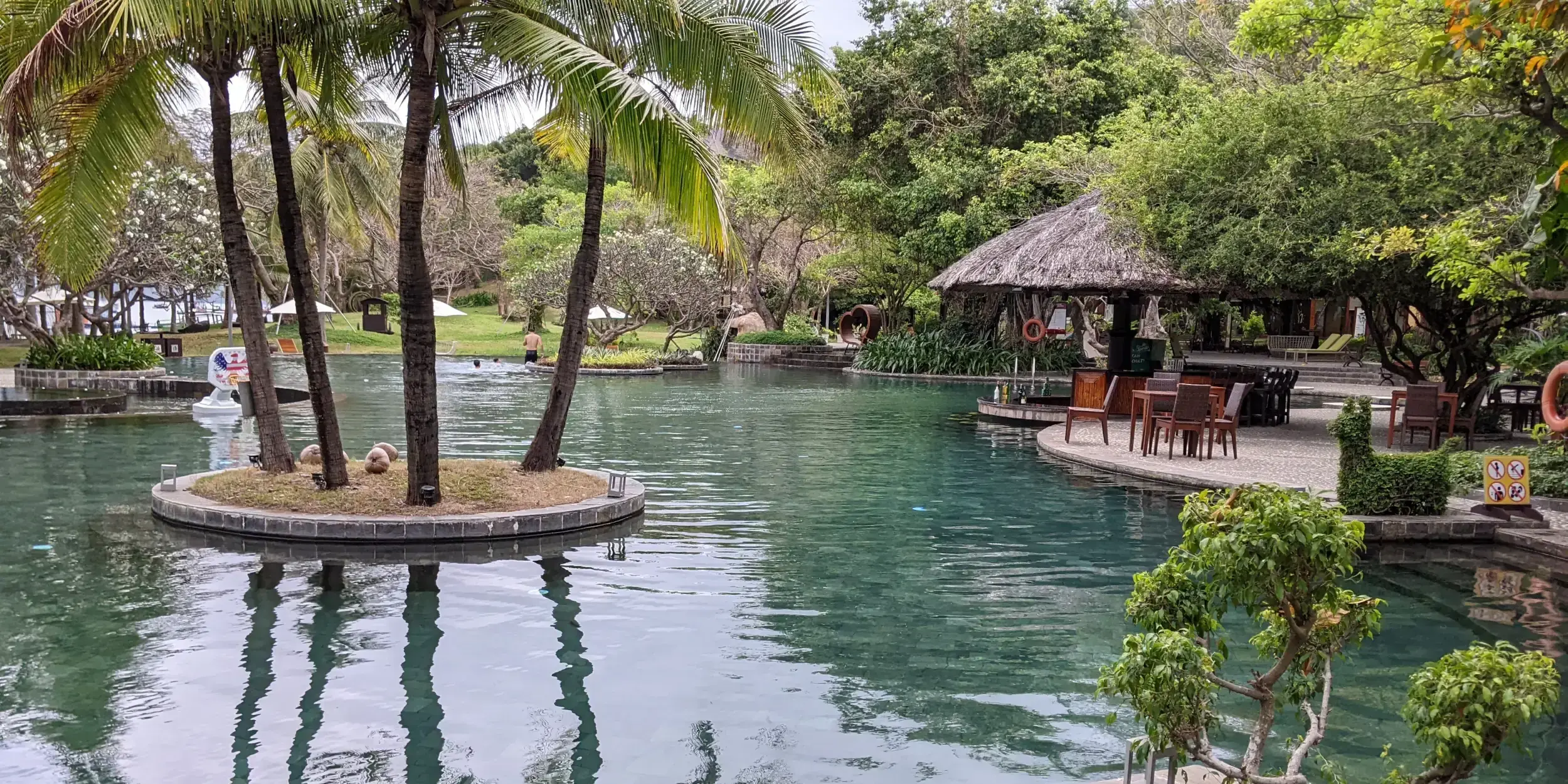
MerPerle Hon Tam Resort, Nha Trang, Vietnam

Emperor Cocktail & Dinner Cruise, Nha Trang, Vietnam
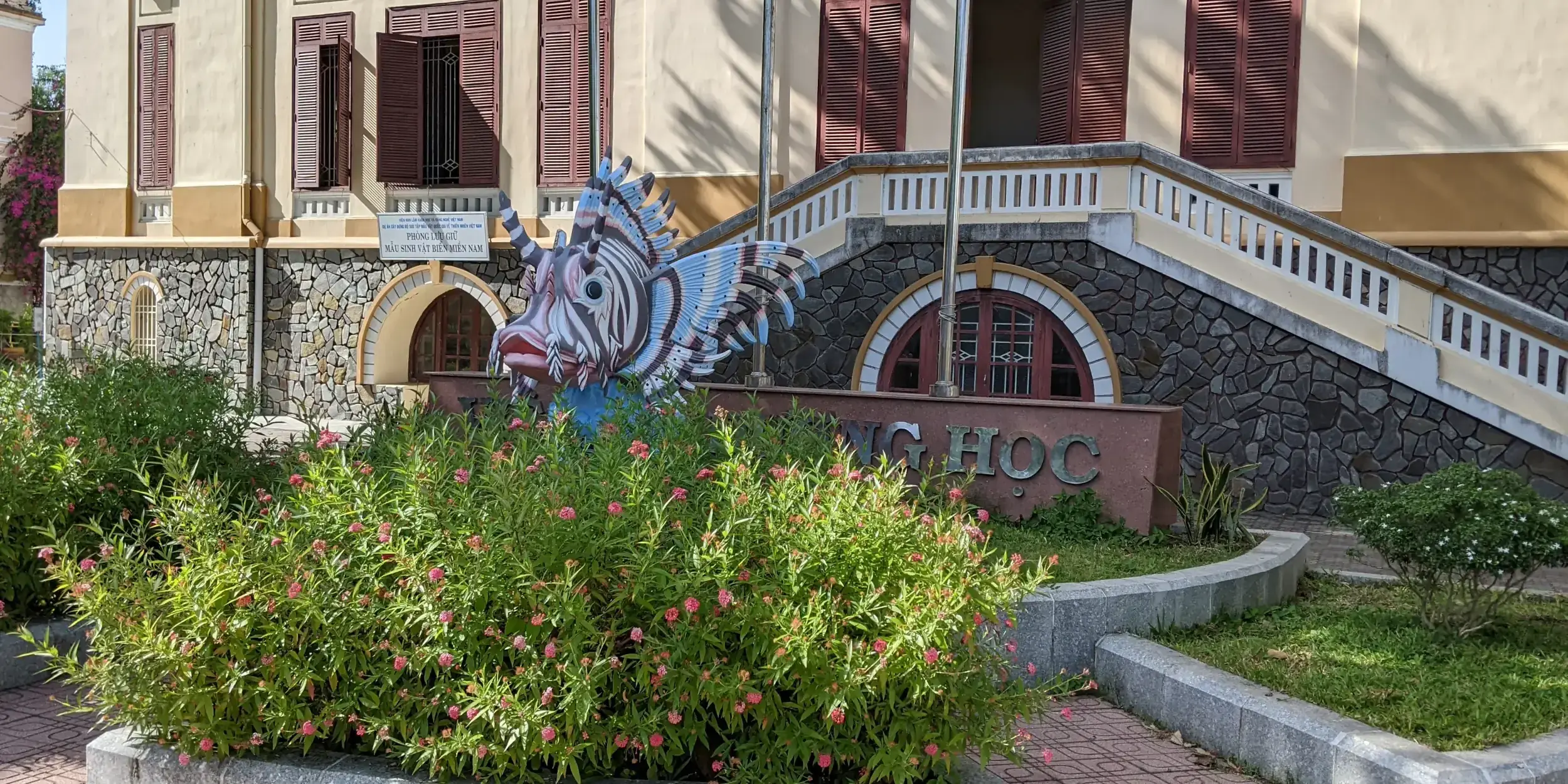
Museum of Oceanography, Nha Trang, Vietnam
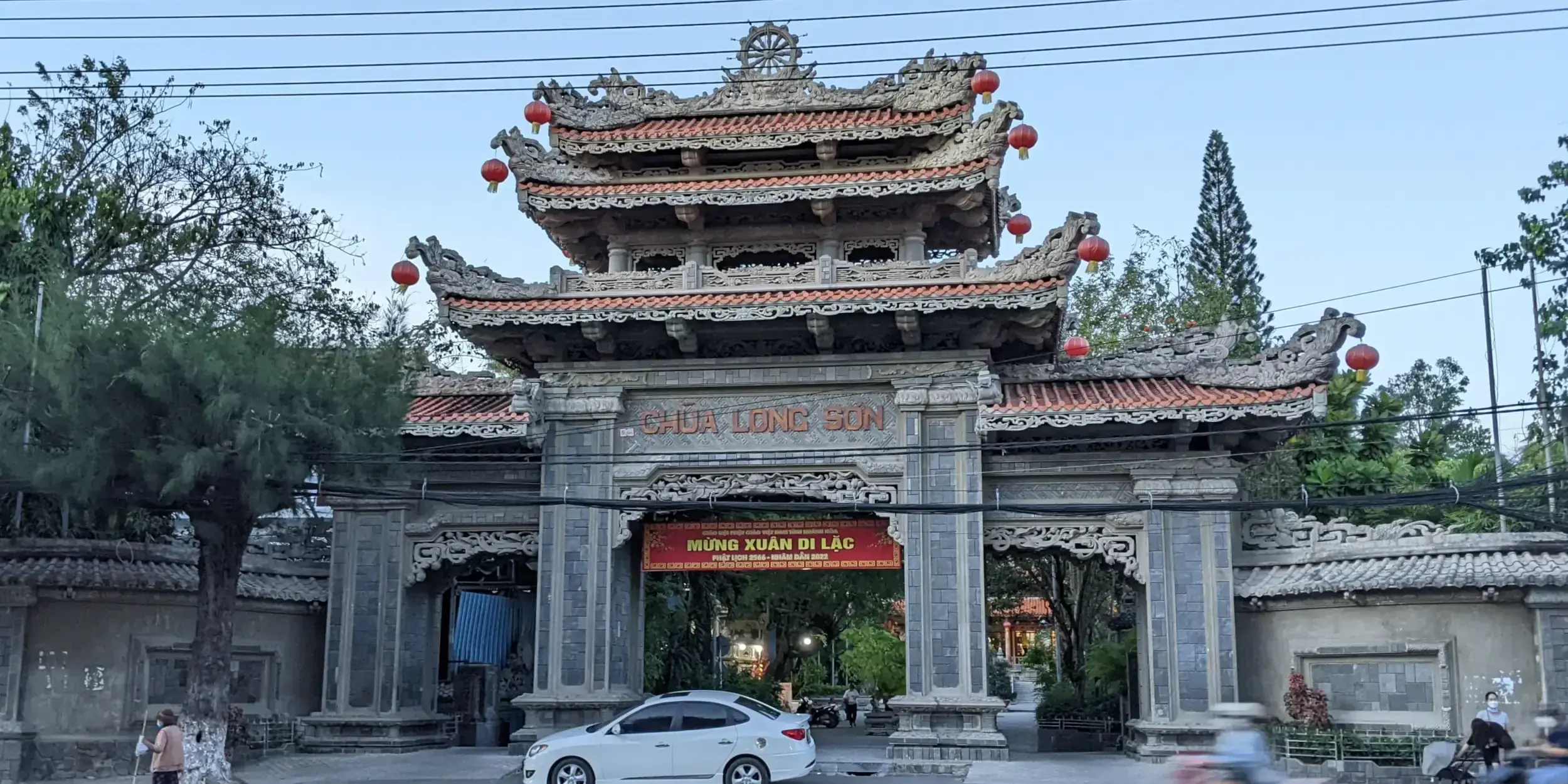
Long Sơn Temple, Nha Trang, Vietnam
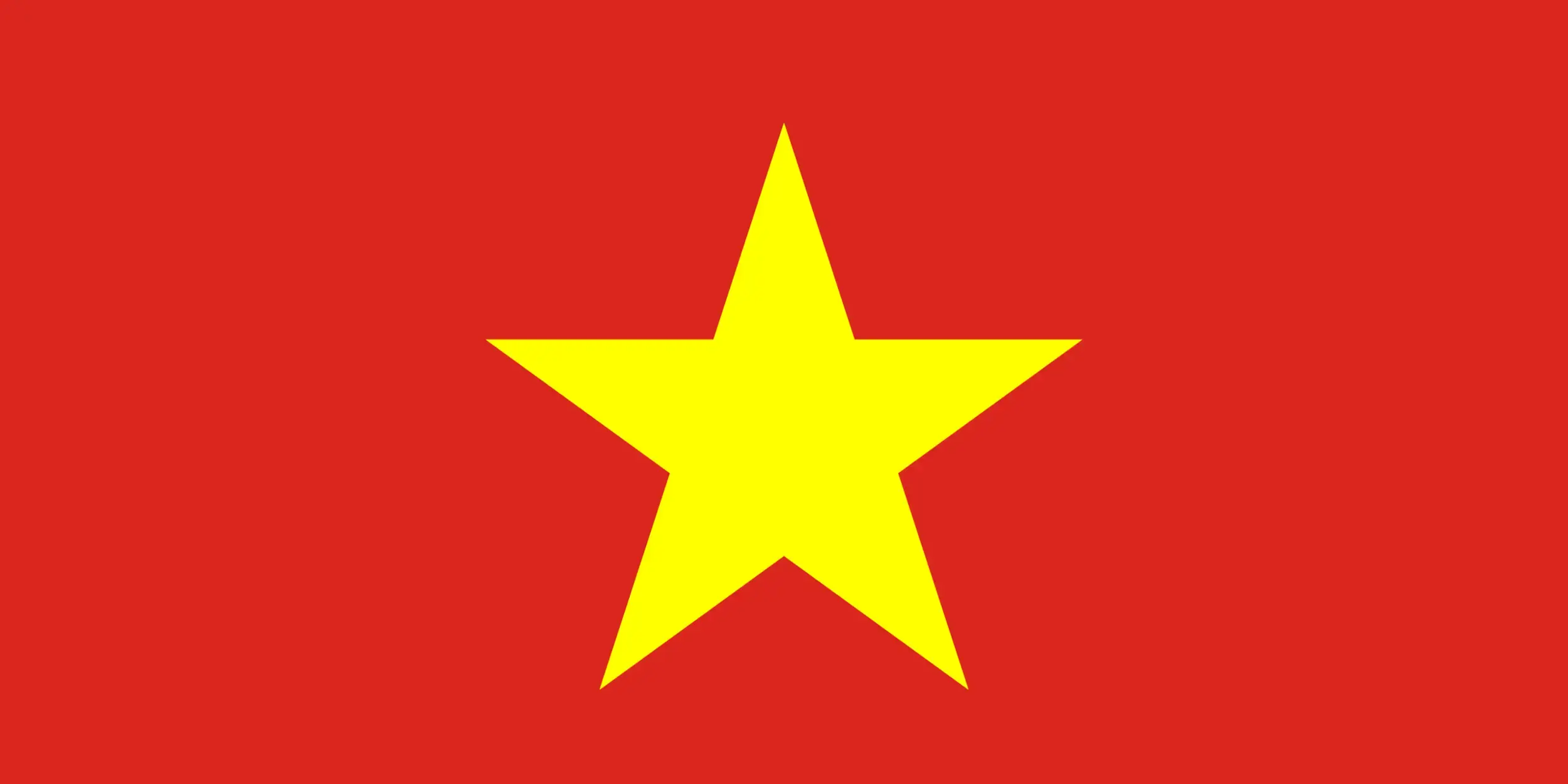
3 Weeks in Vietnam
1 Week in Thailand
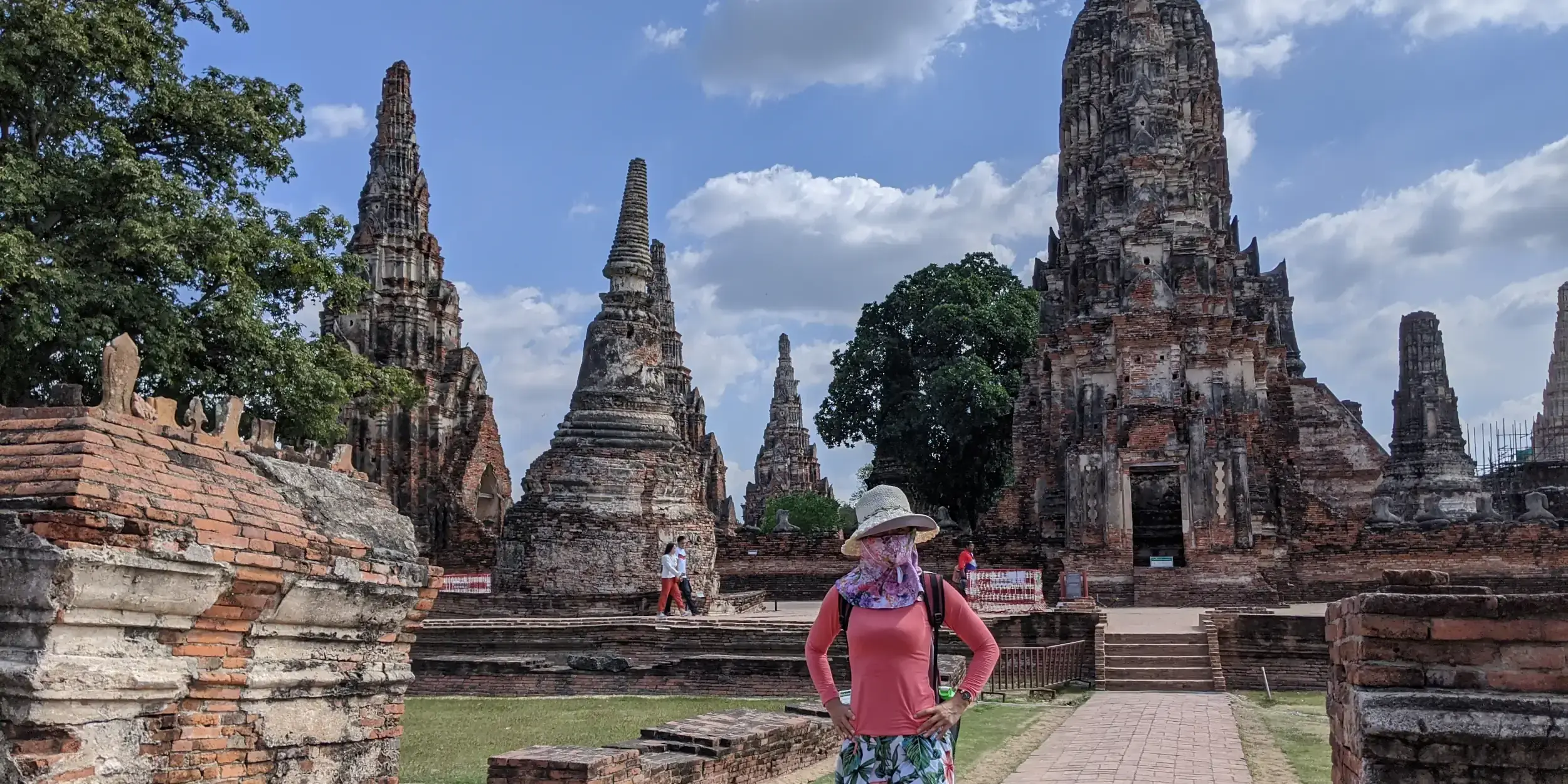
1 Day in Ayutthaya, Thailand
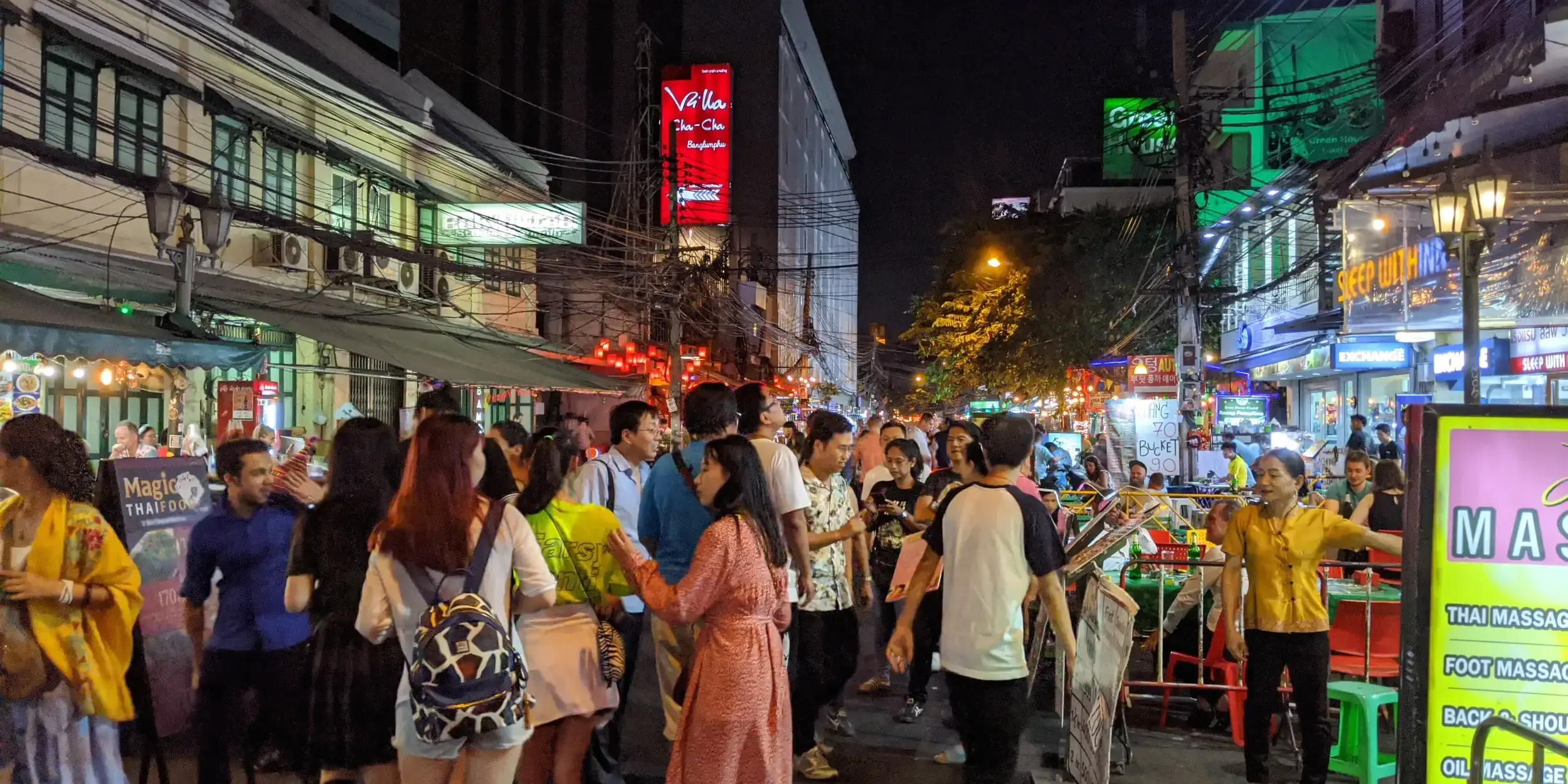
2 Days in Bangkok, Thailand
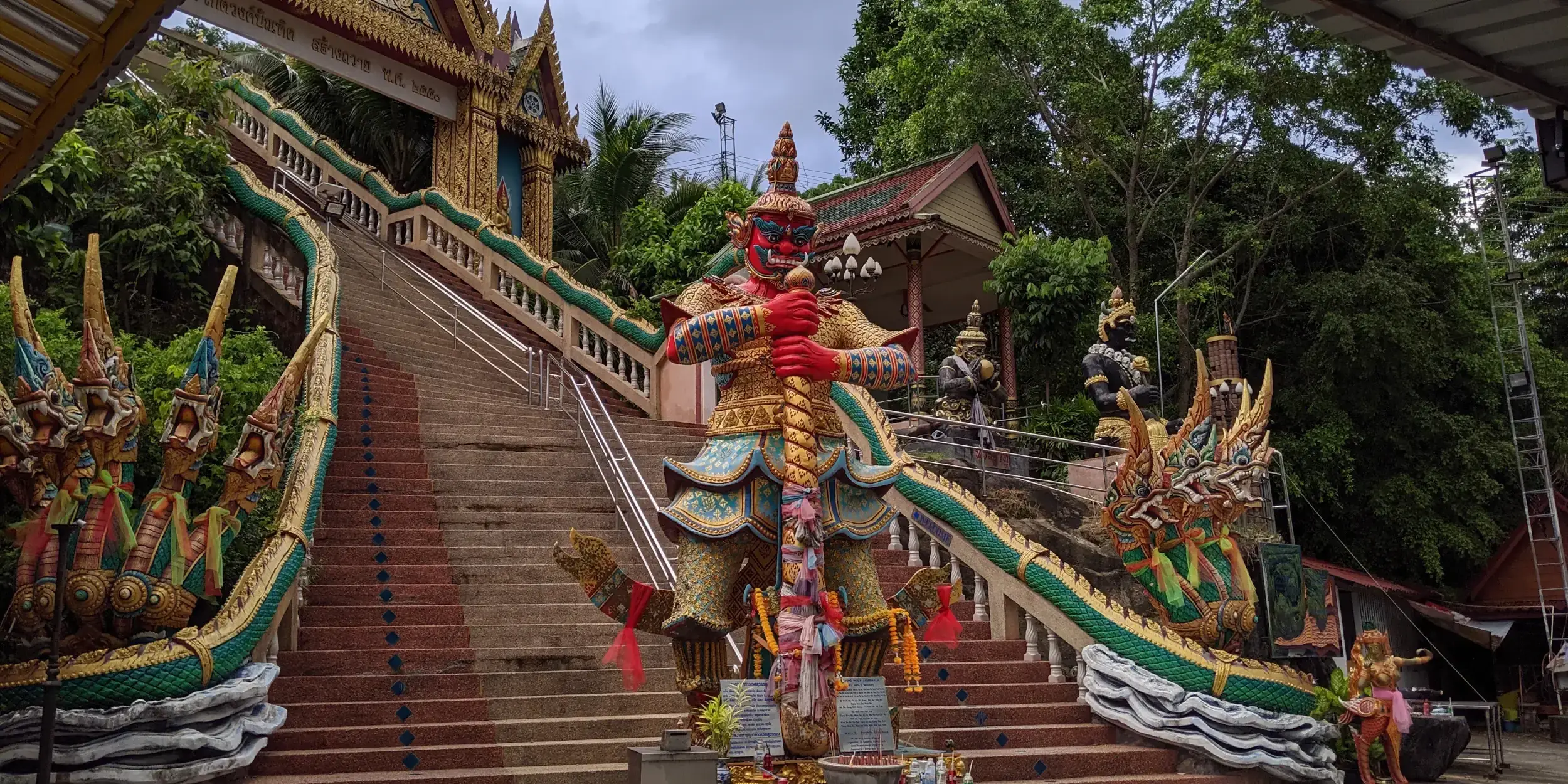
3 Days in Phuket, Thailand
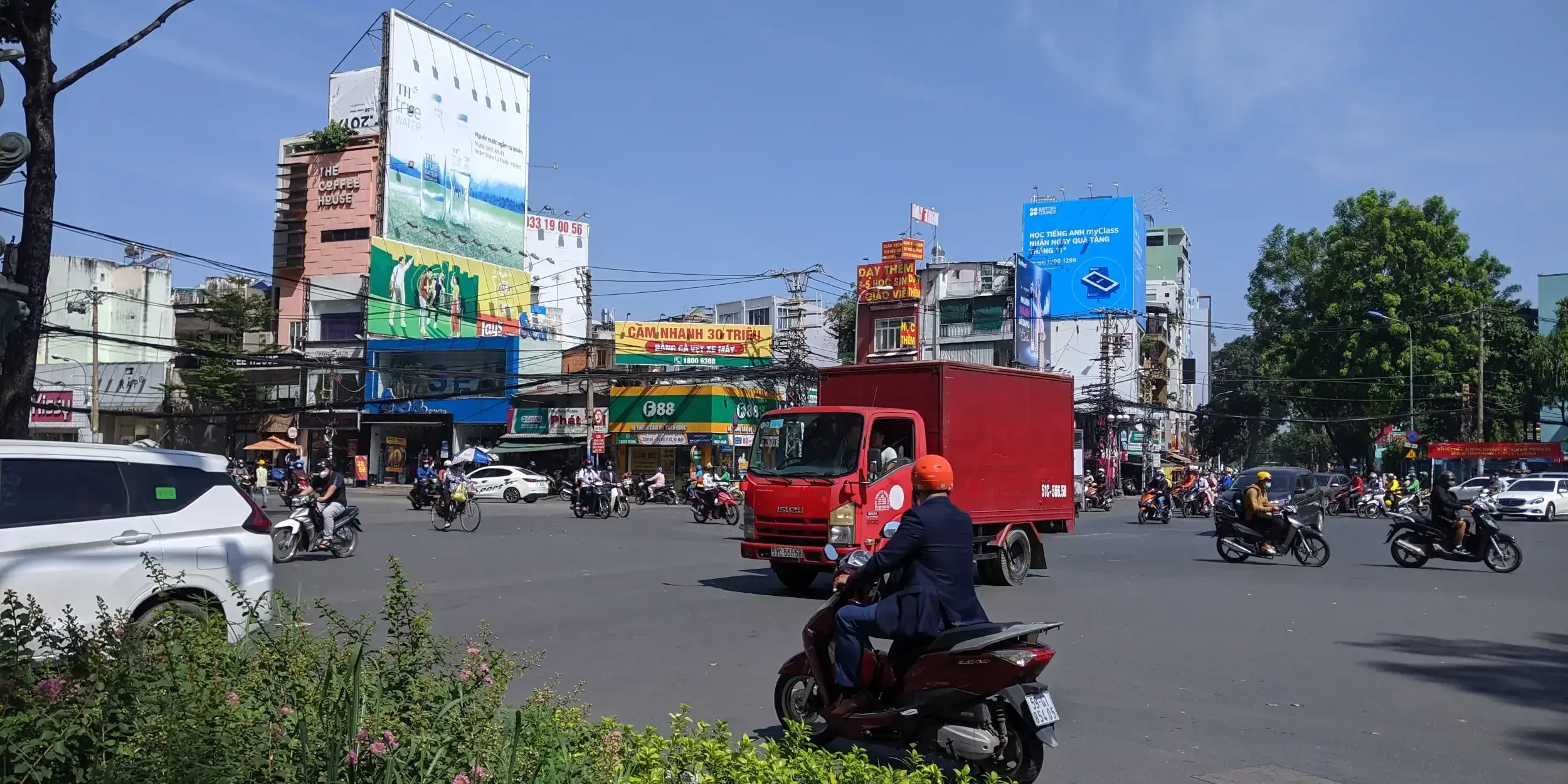
2 Days in Saigon, Vietnam
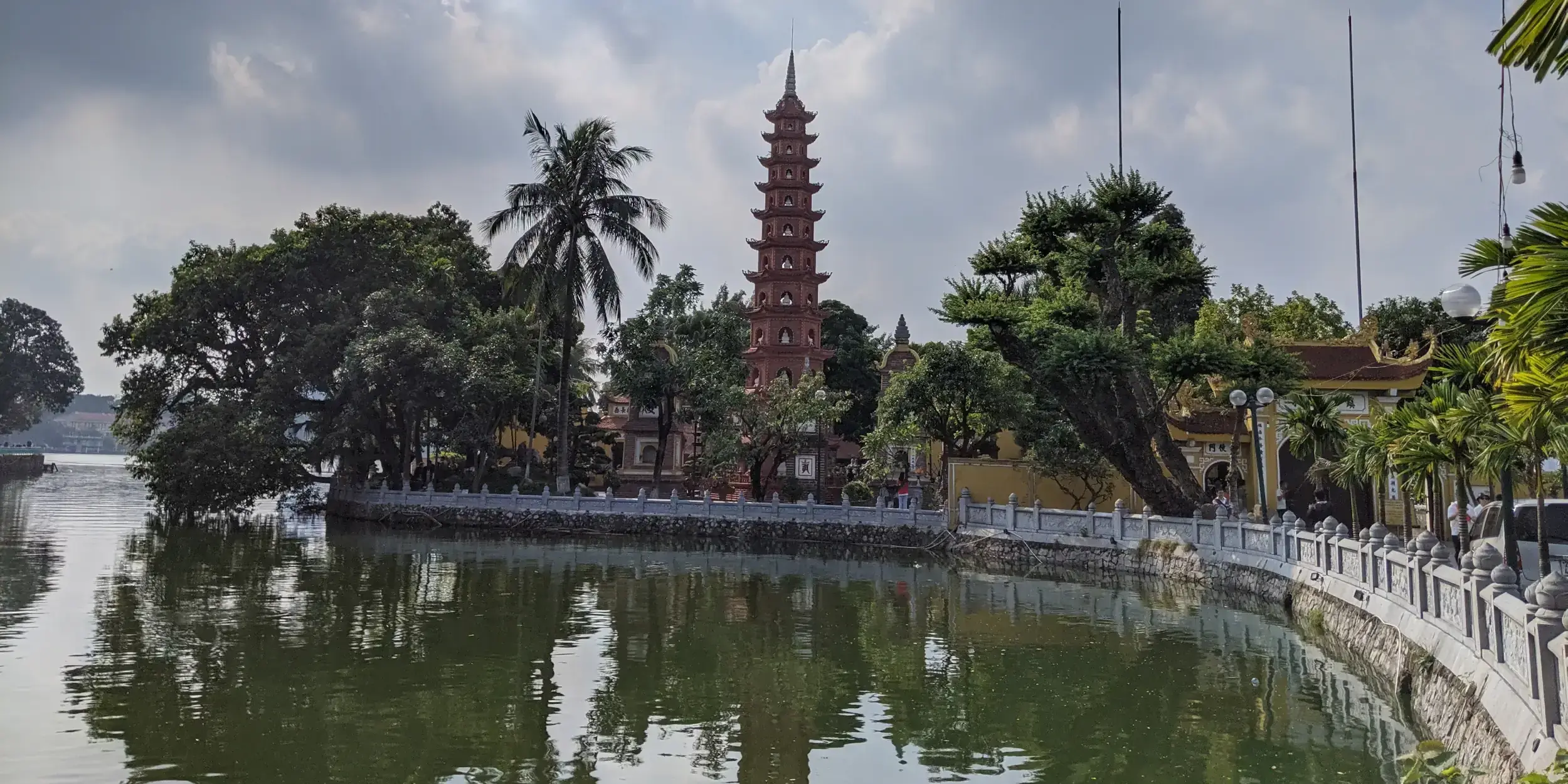
2 More Days in Hanoi, Vietnam
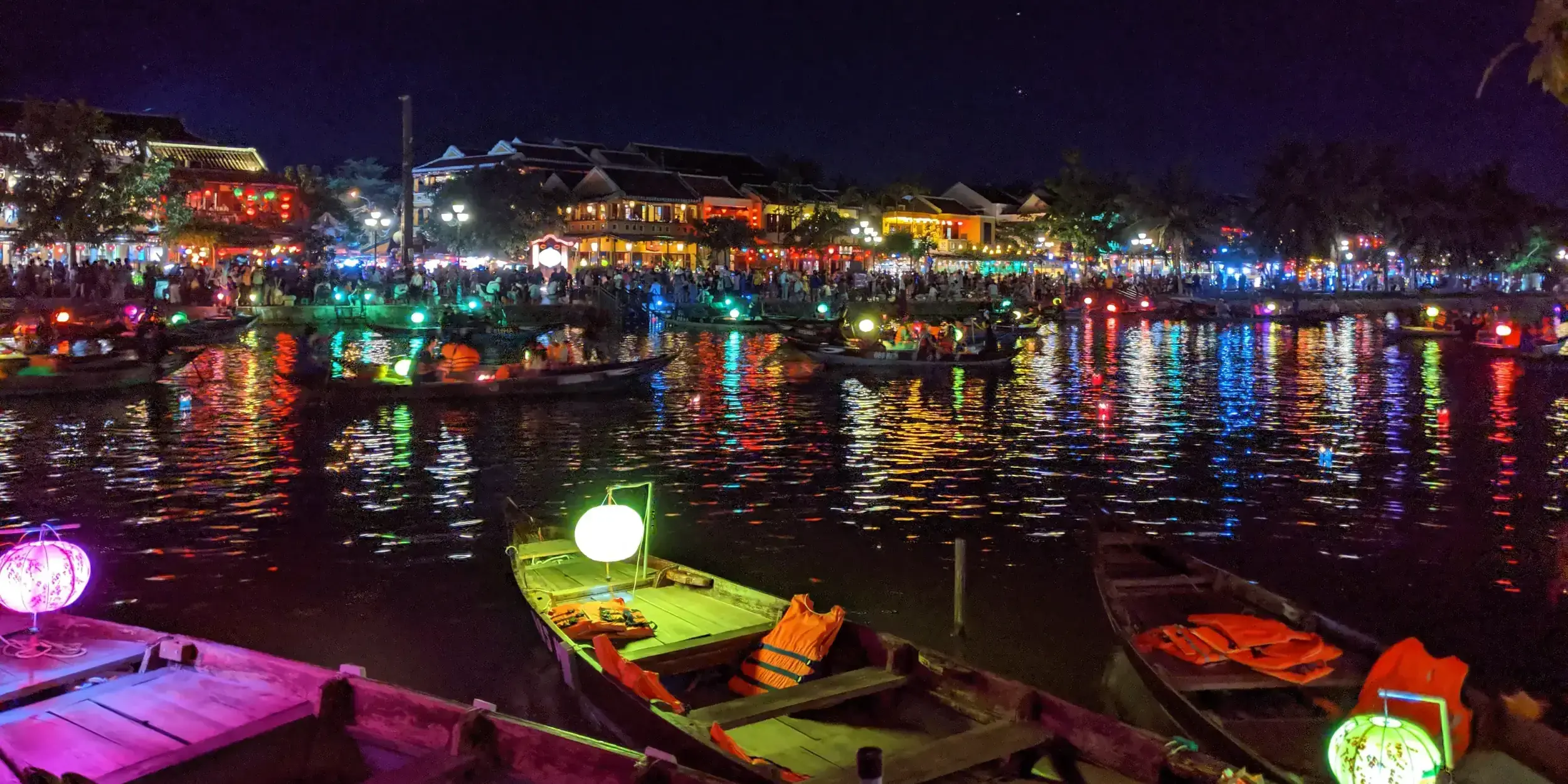
3 Days in Hoi An, Vietnam
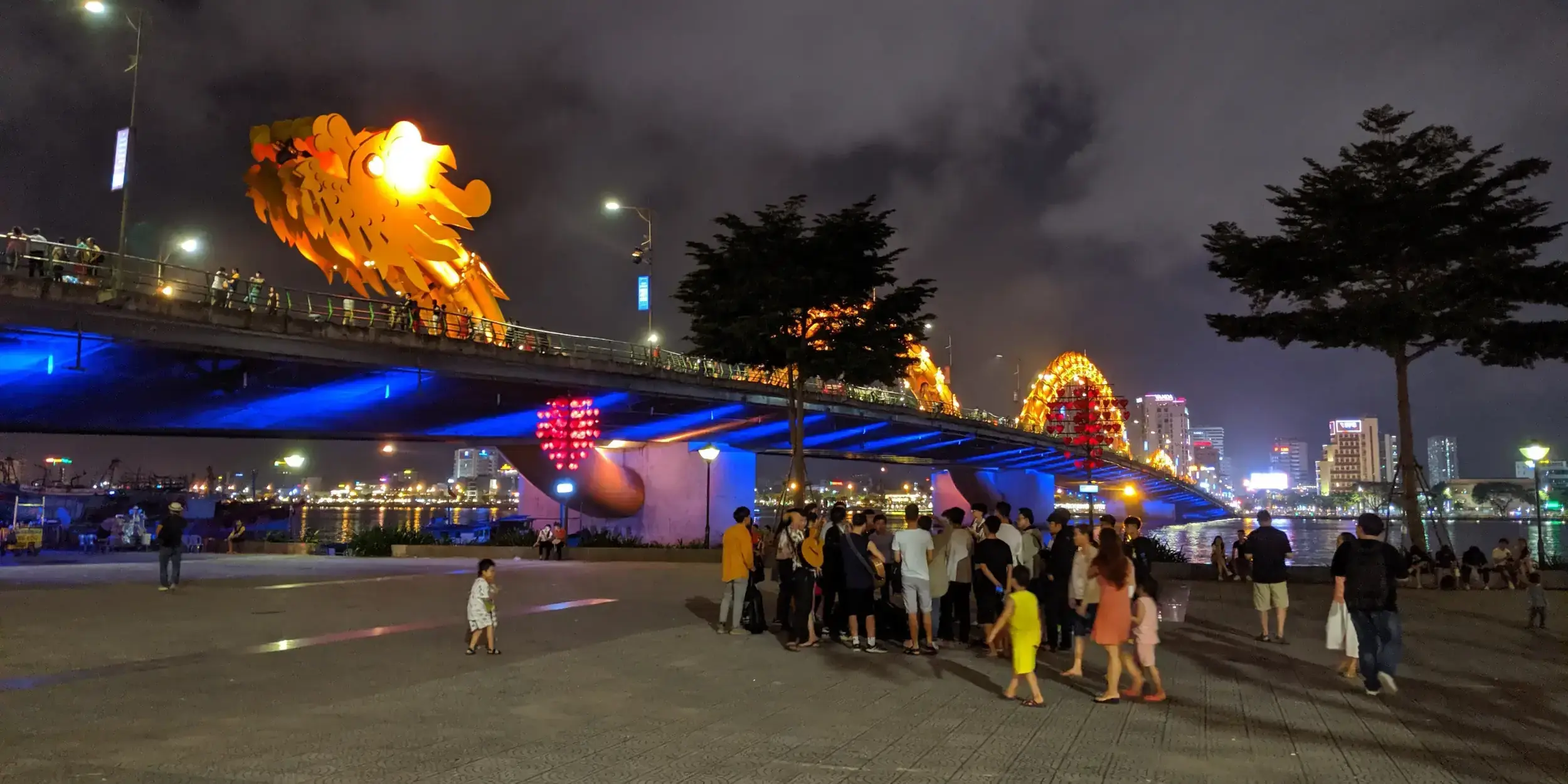
3 Days in Da Nang, Vietnam
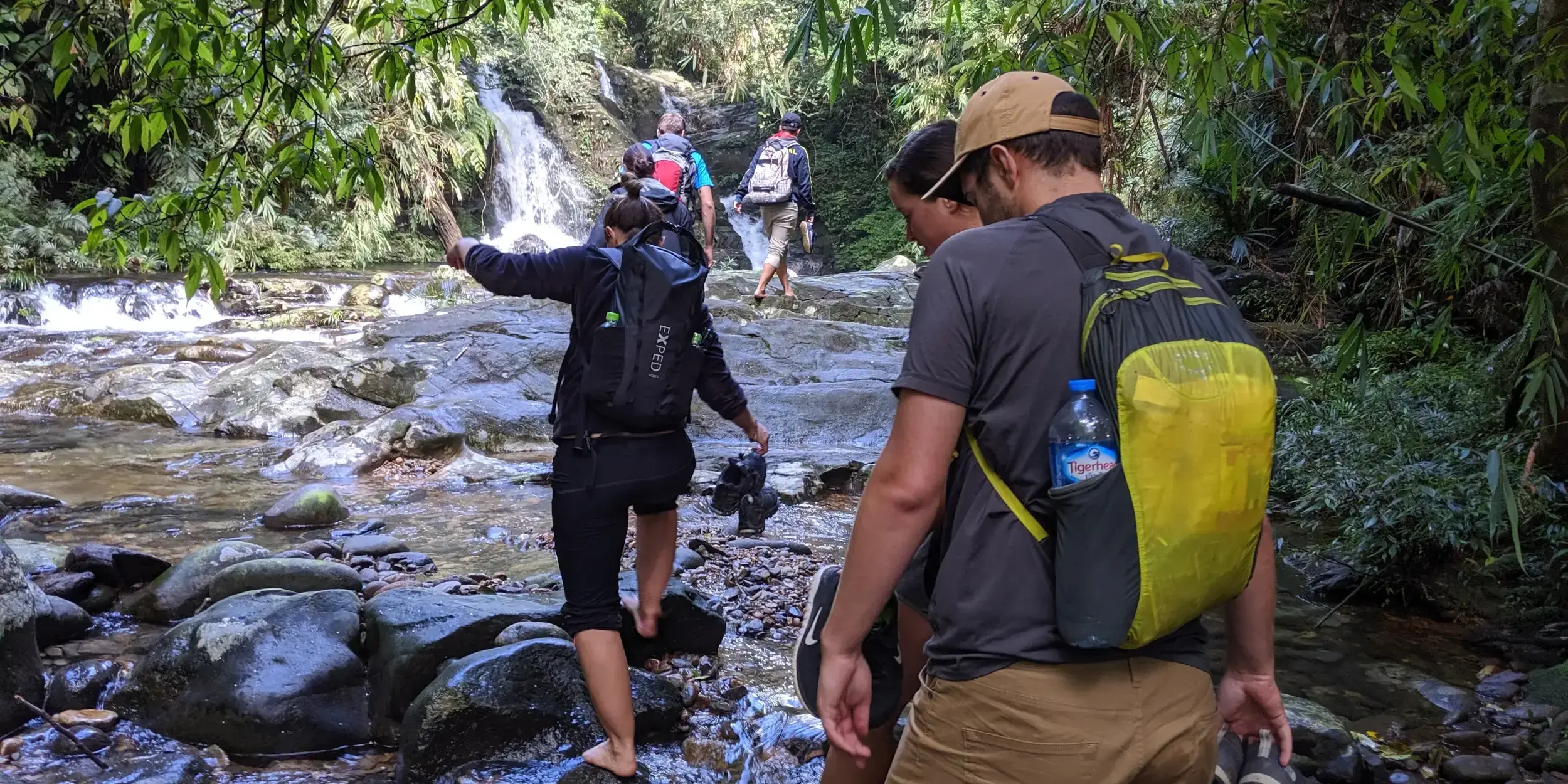
4 Days in Hue, Vietnam - Part 2
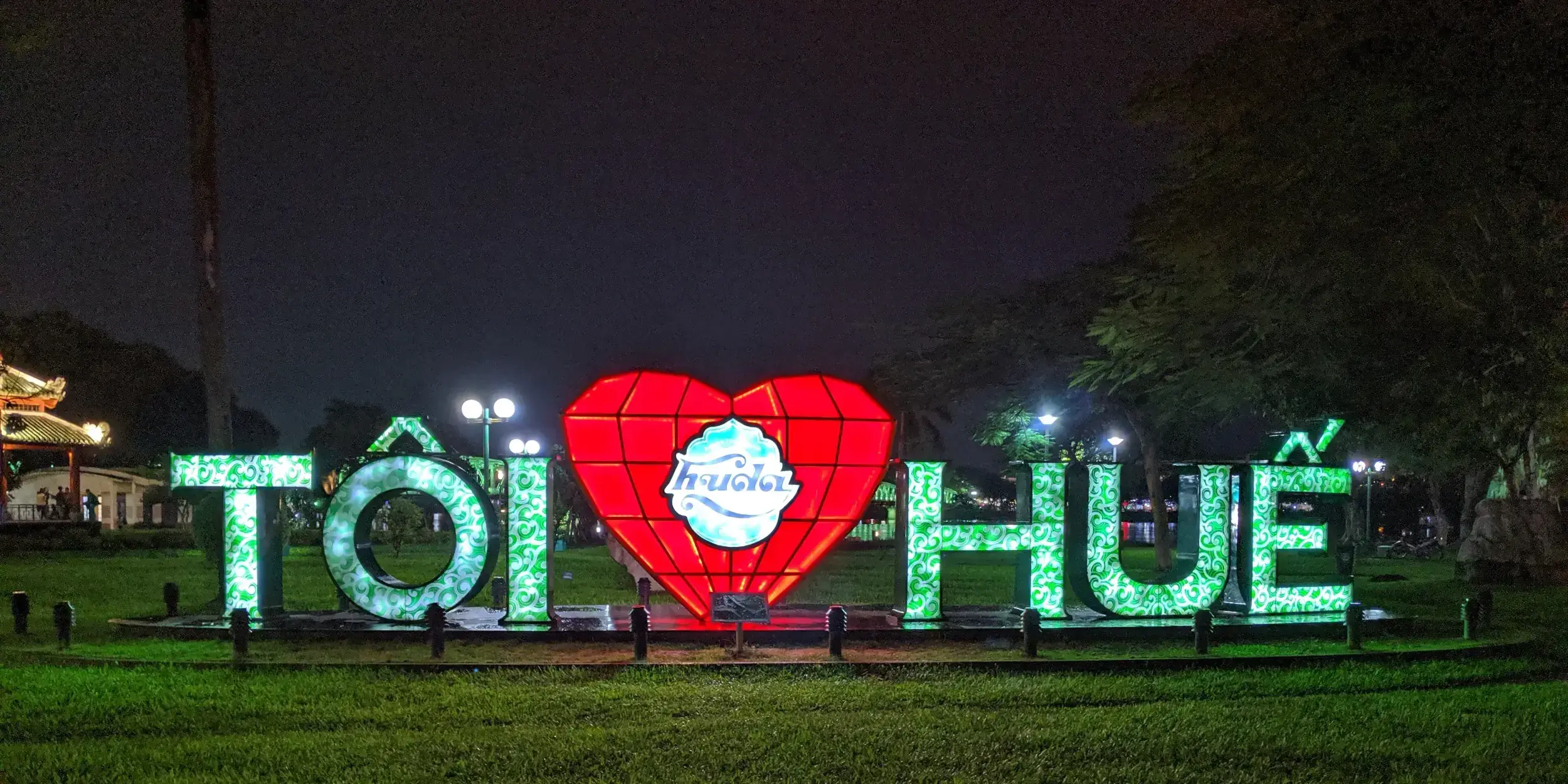
4 Days in Hue, Vietnam - Part 1
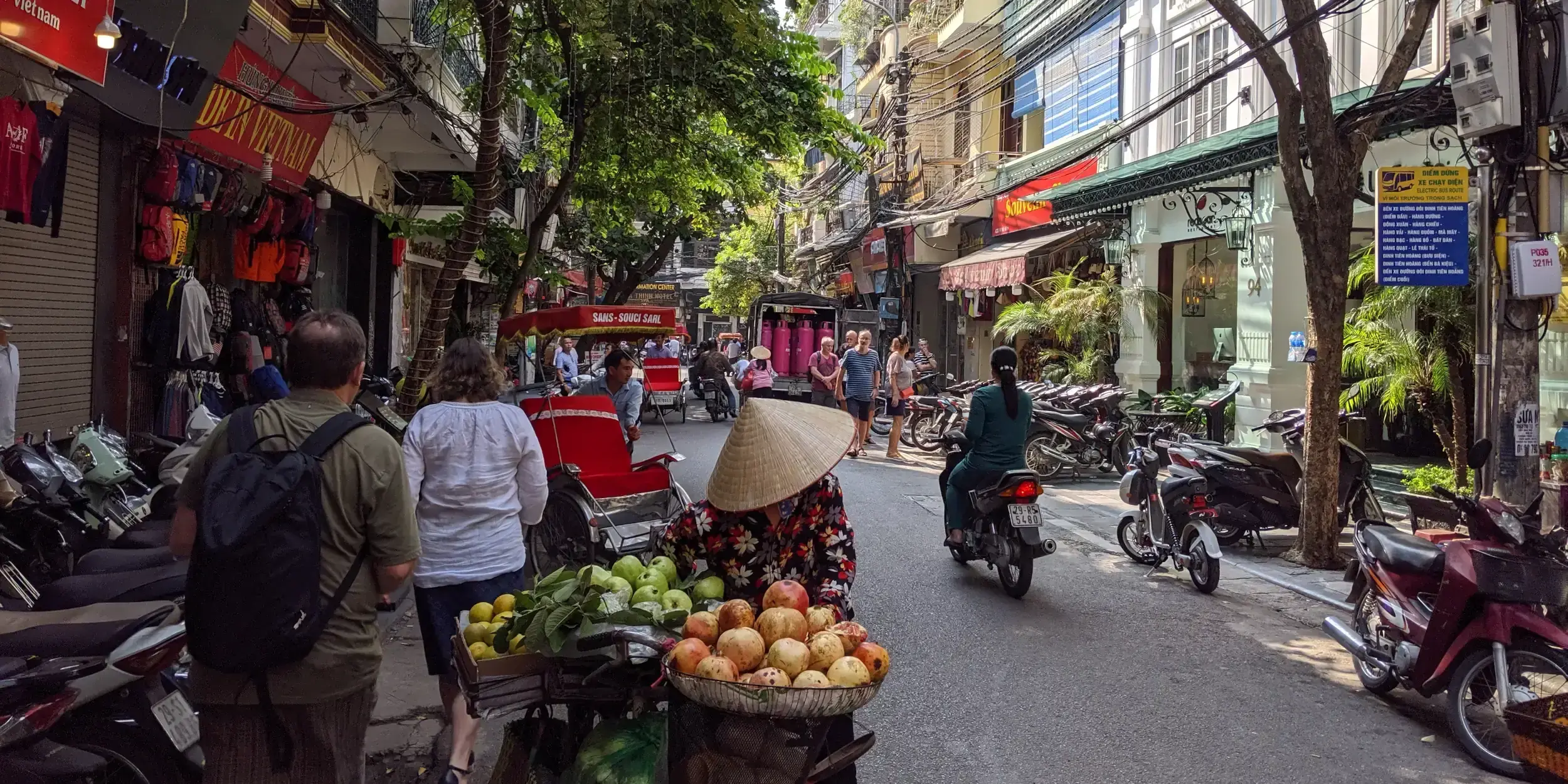
6 Days in Hanoi, Vietnam - Part 3
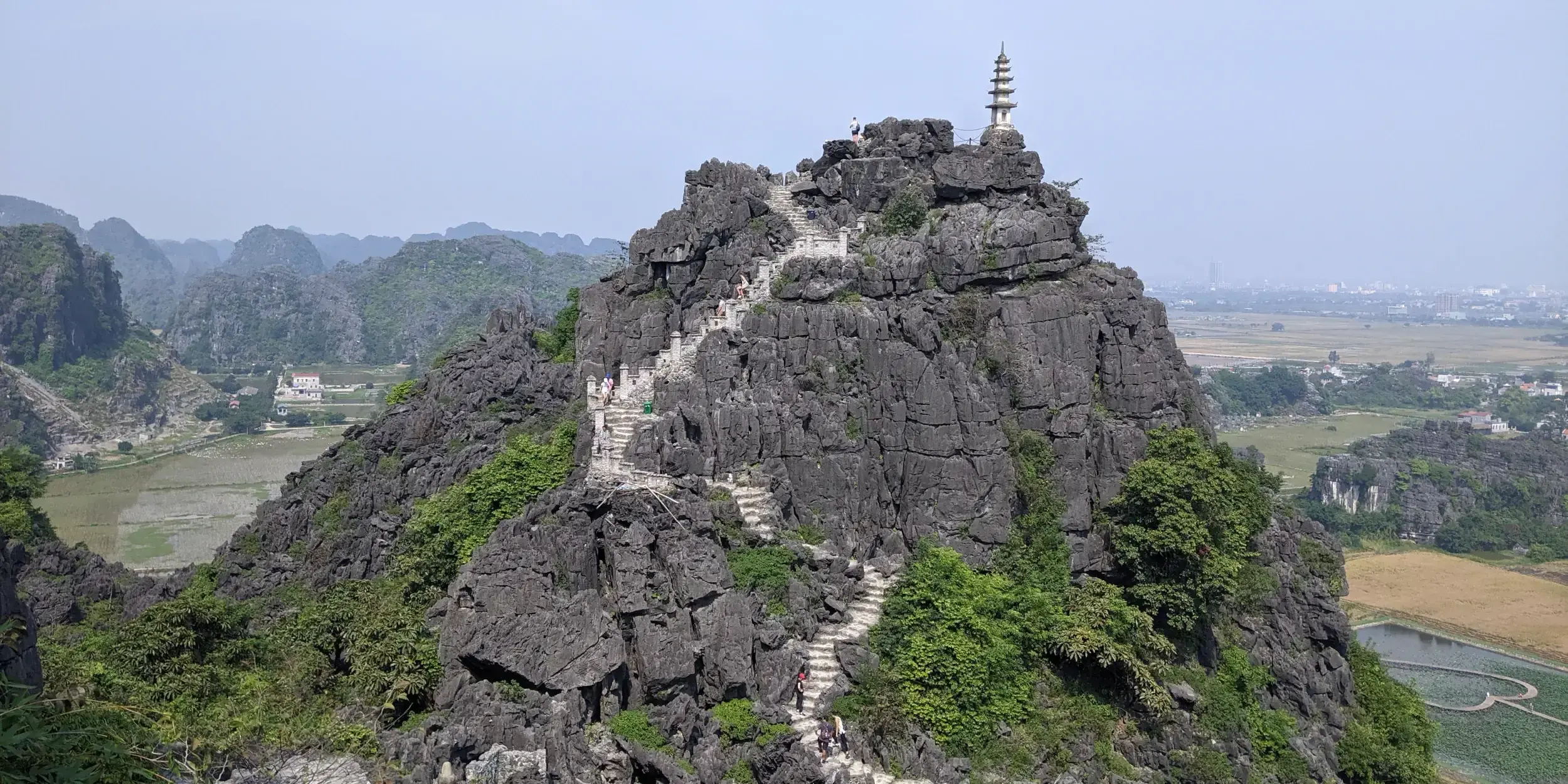
1 Day in Ninh Binh, Vietnam
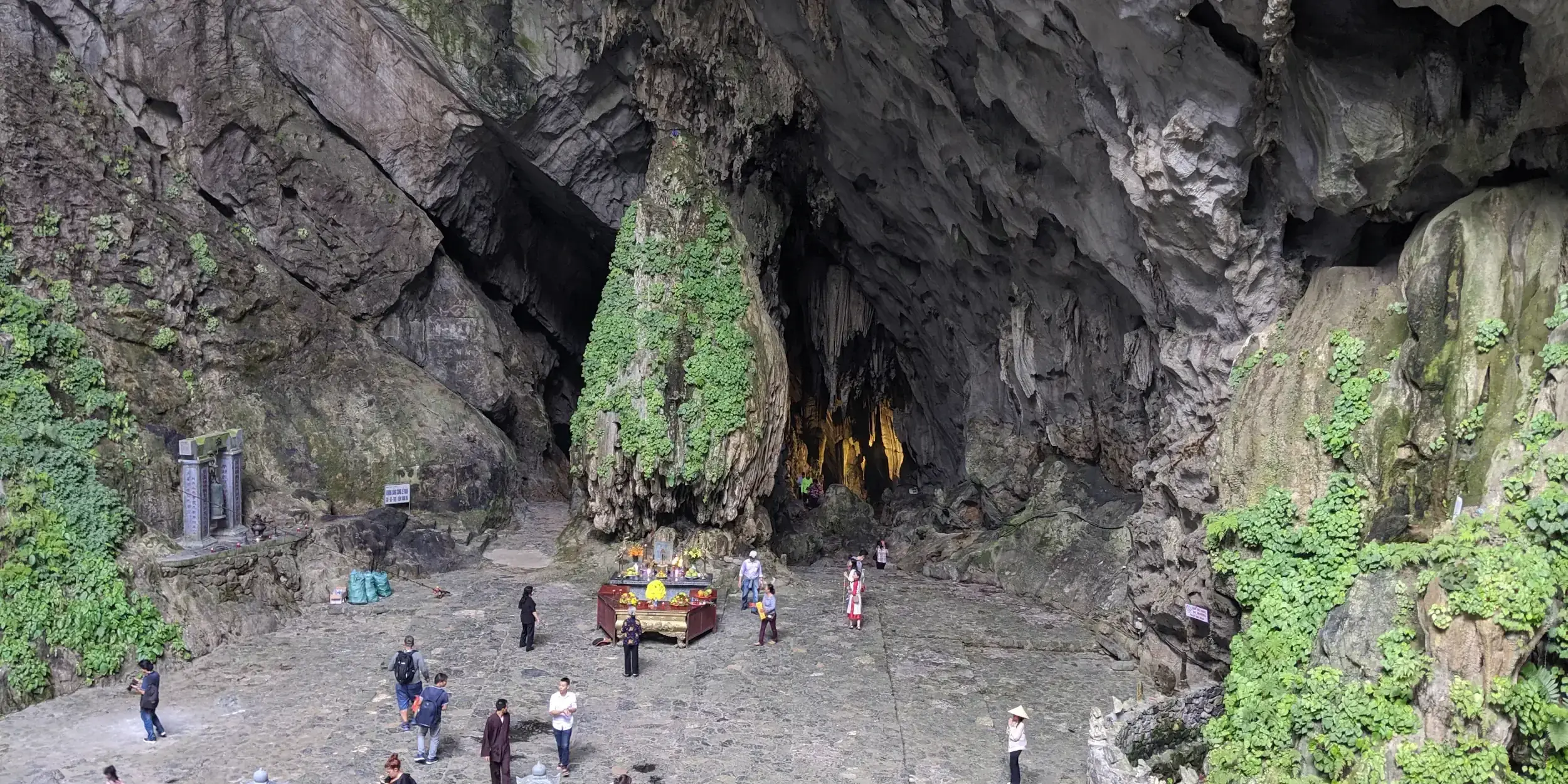
6 Days in Hanoi, Vietnam - Part 2
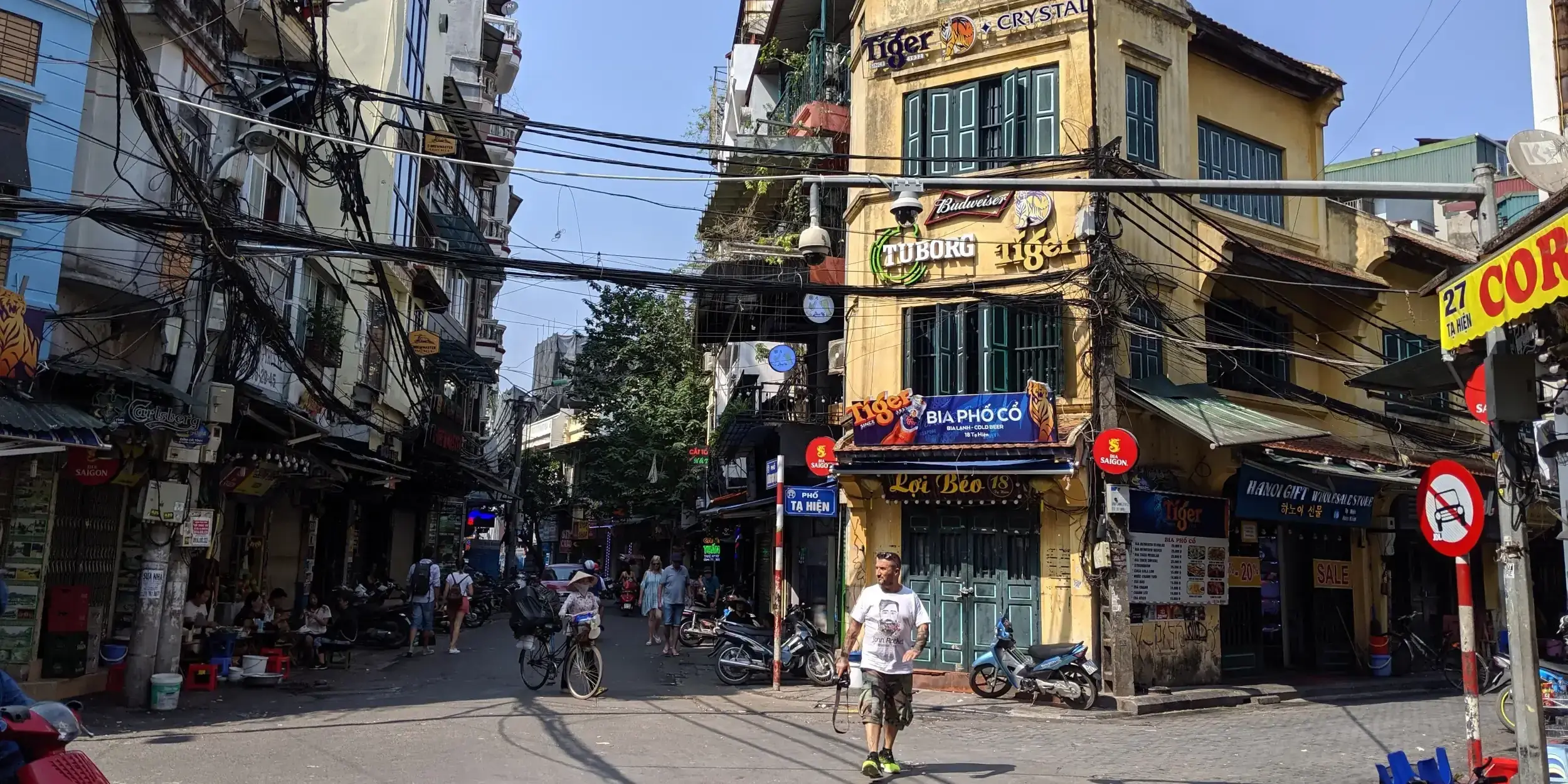
6 Days in Hanoi, Vietnam - Part 1
Comments